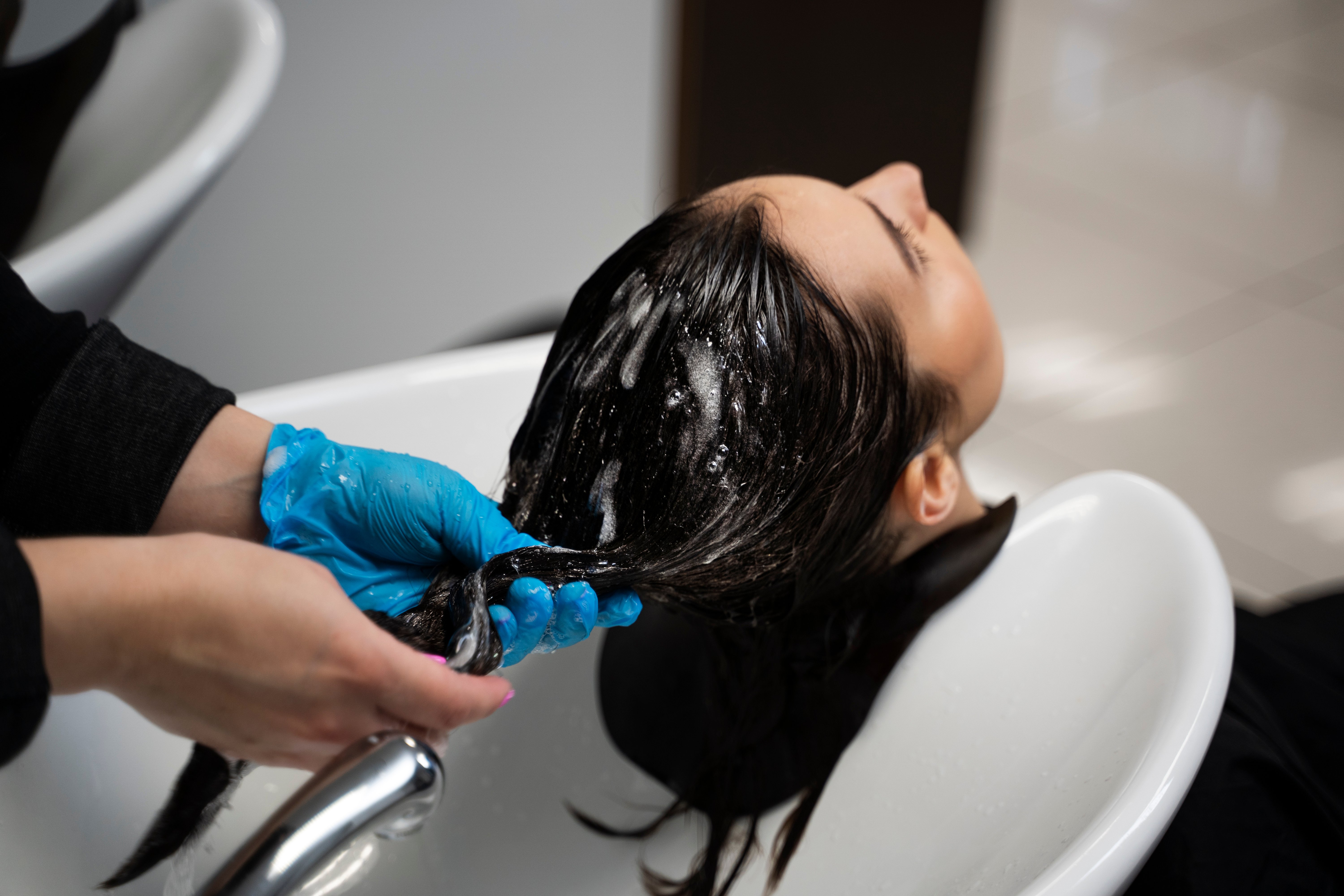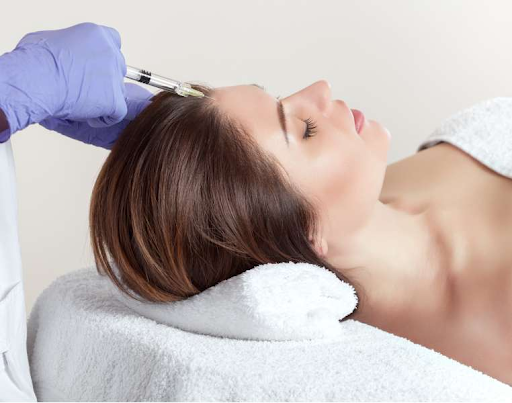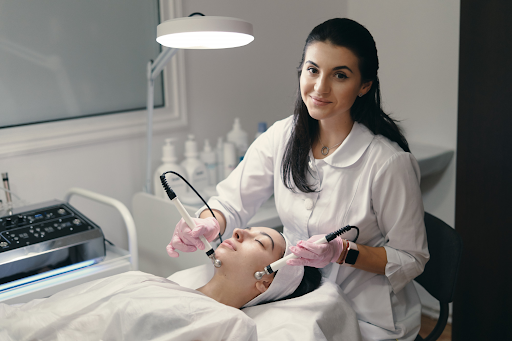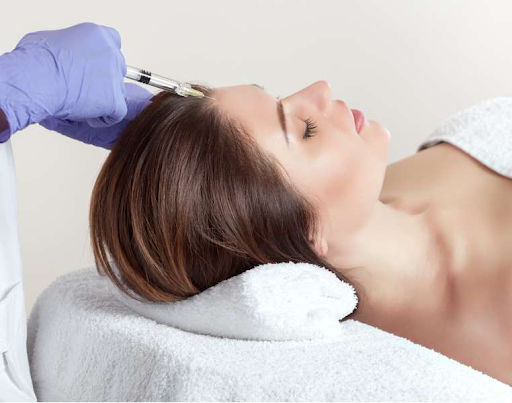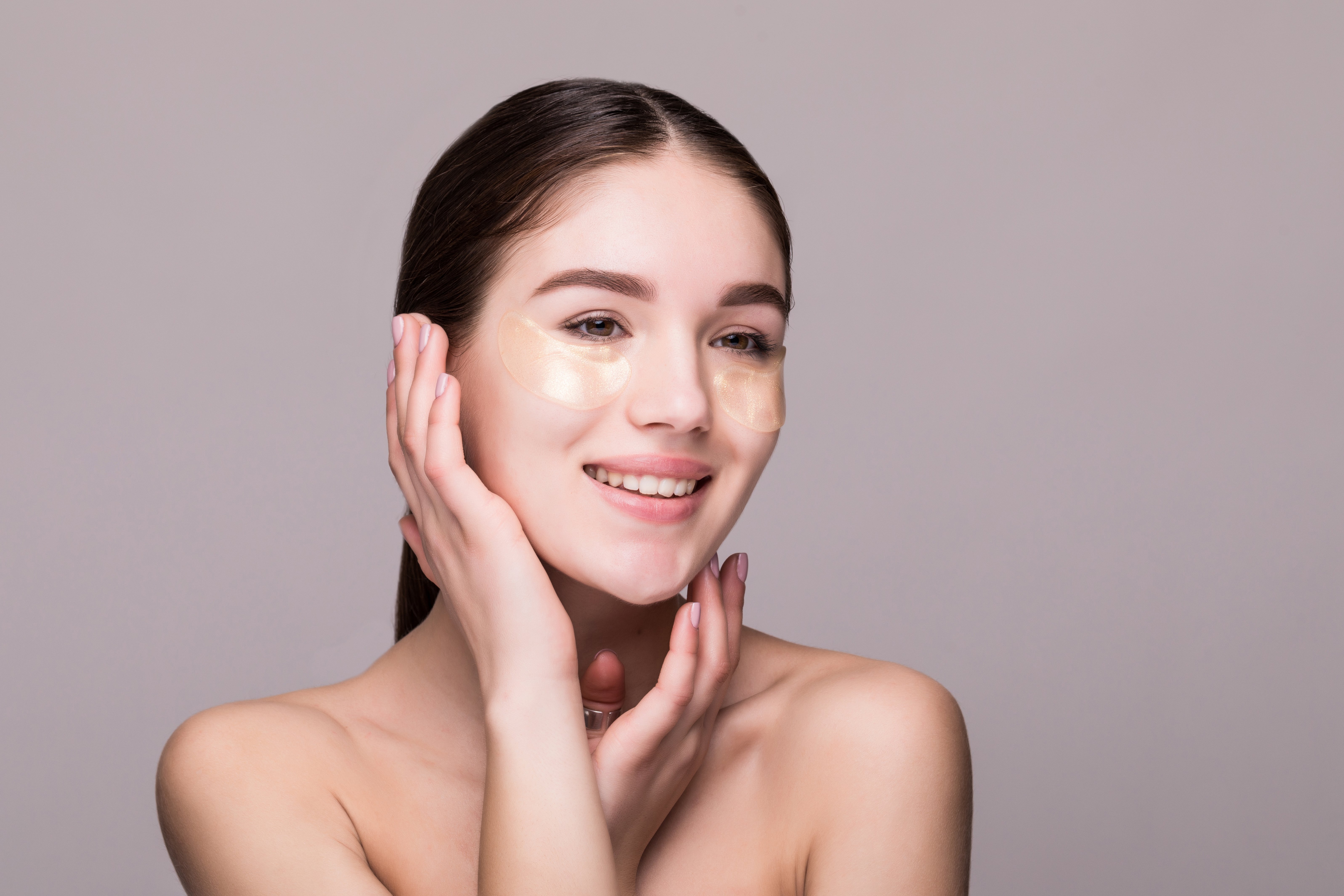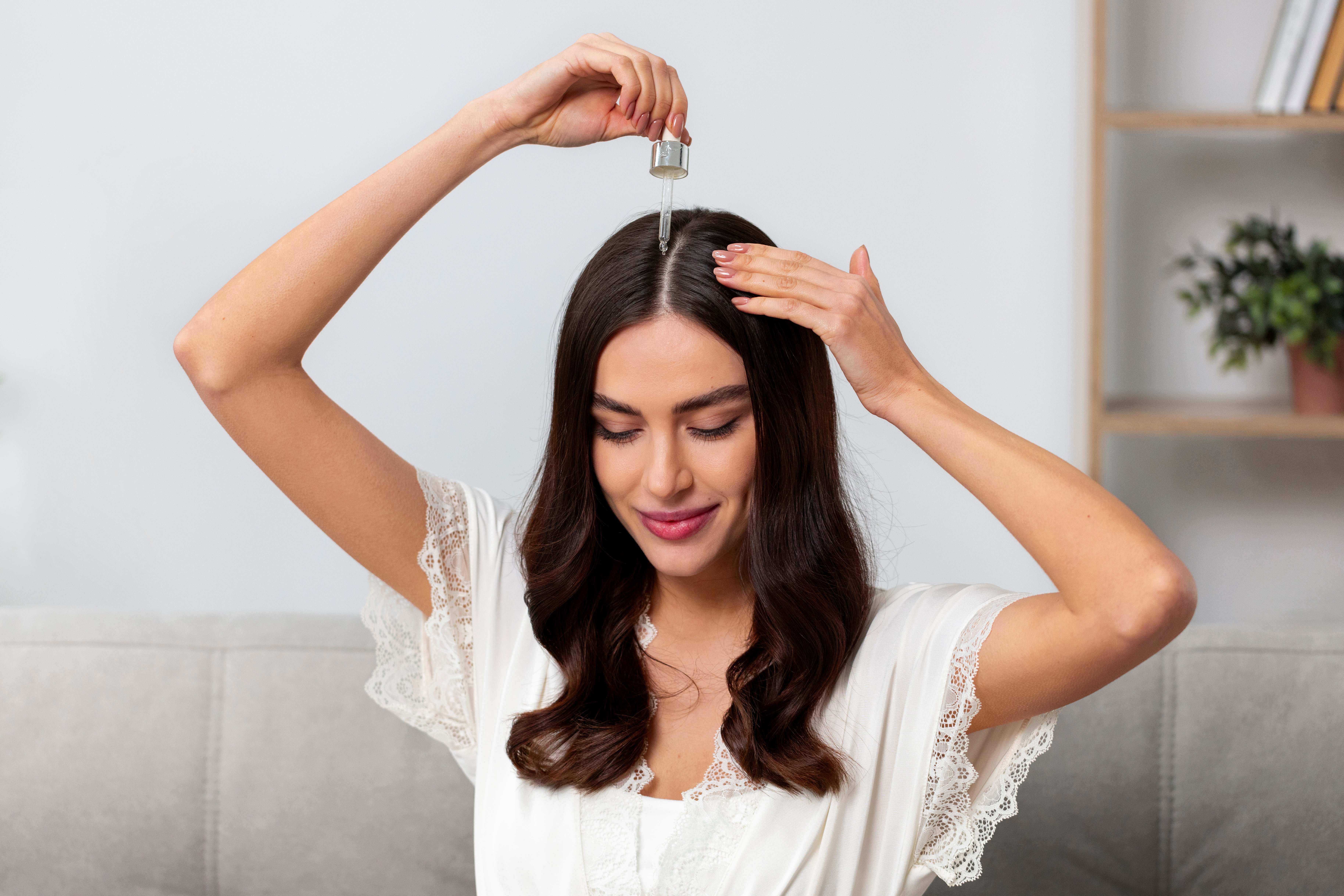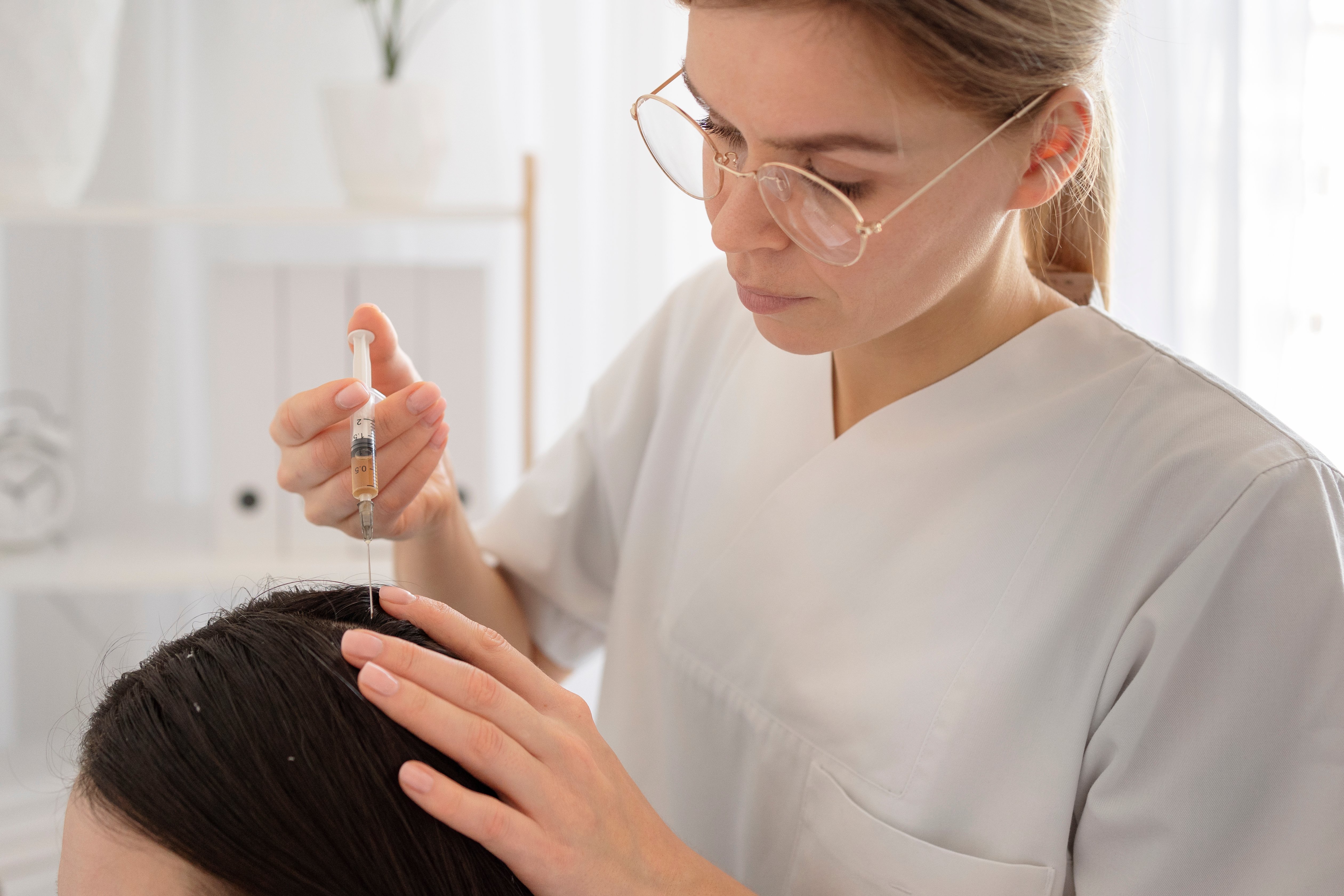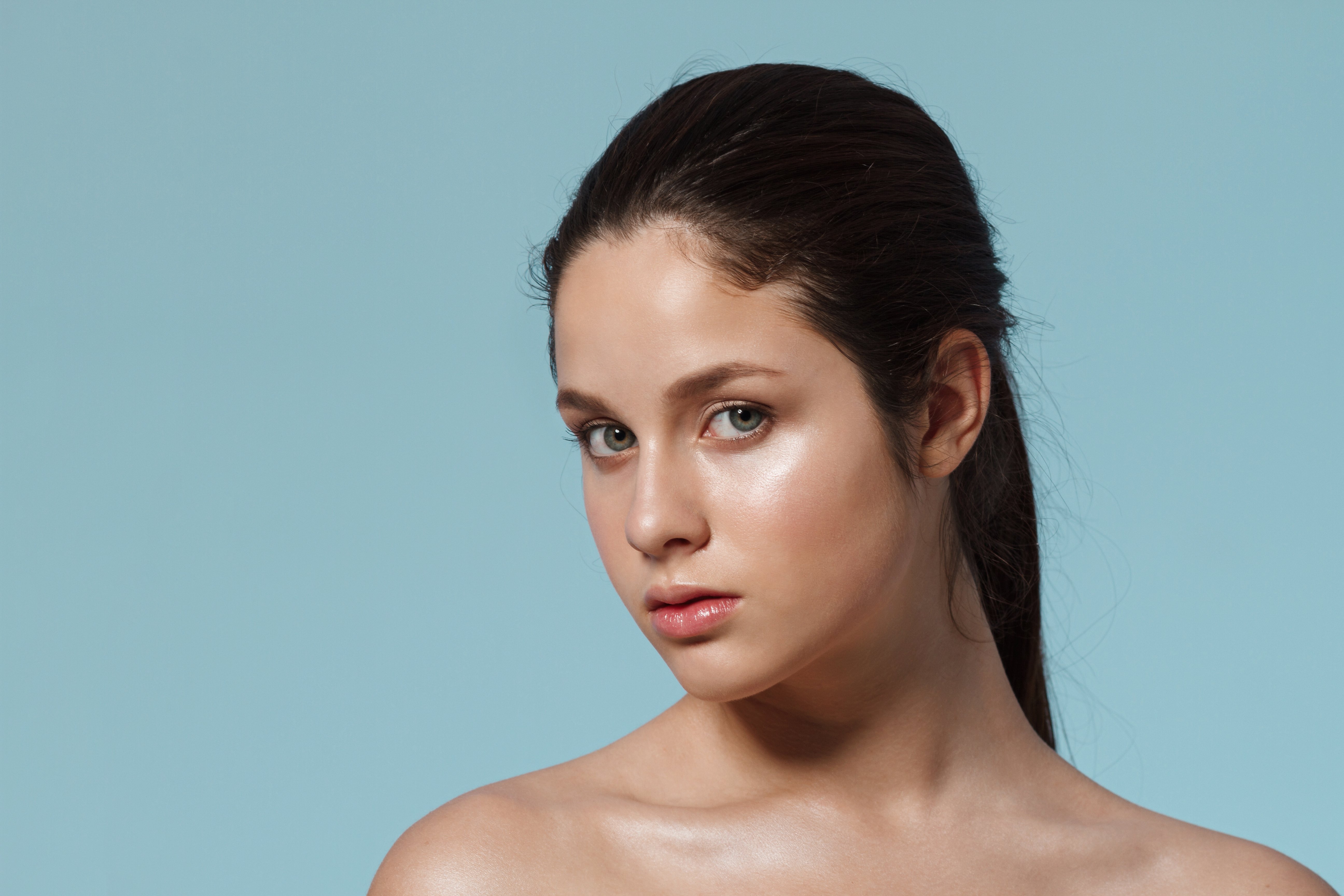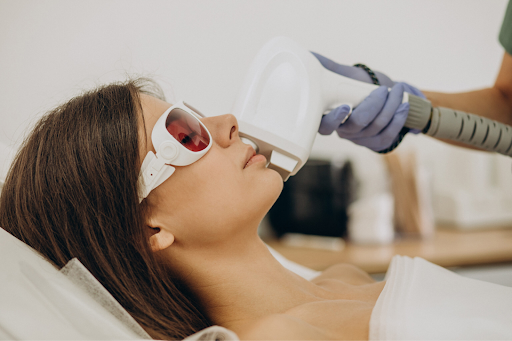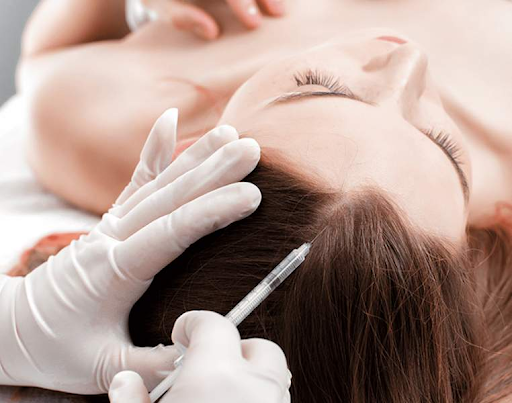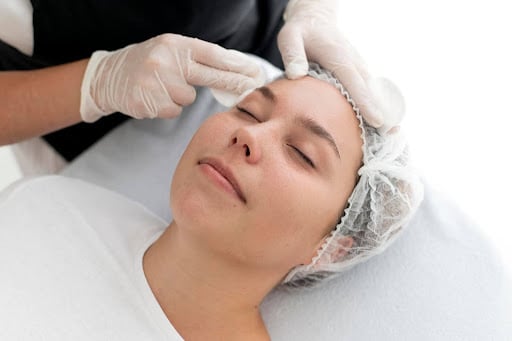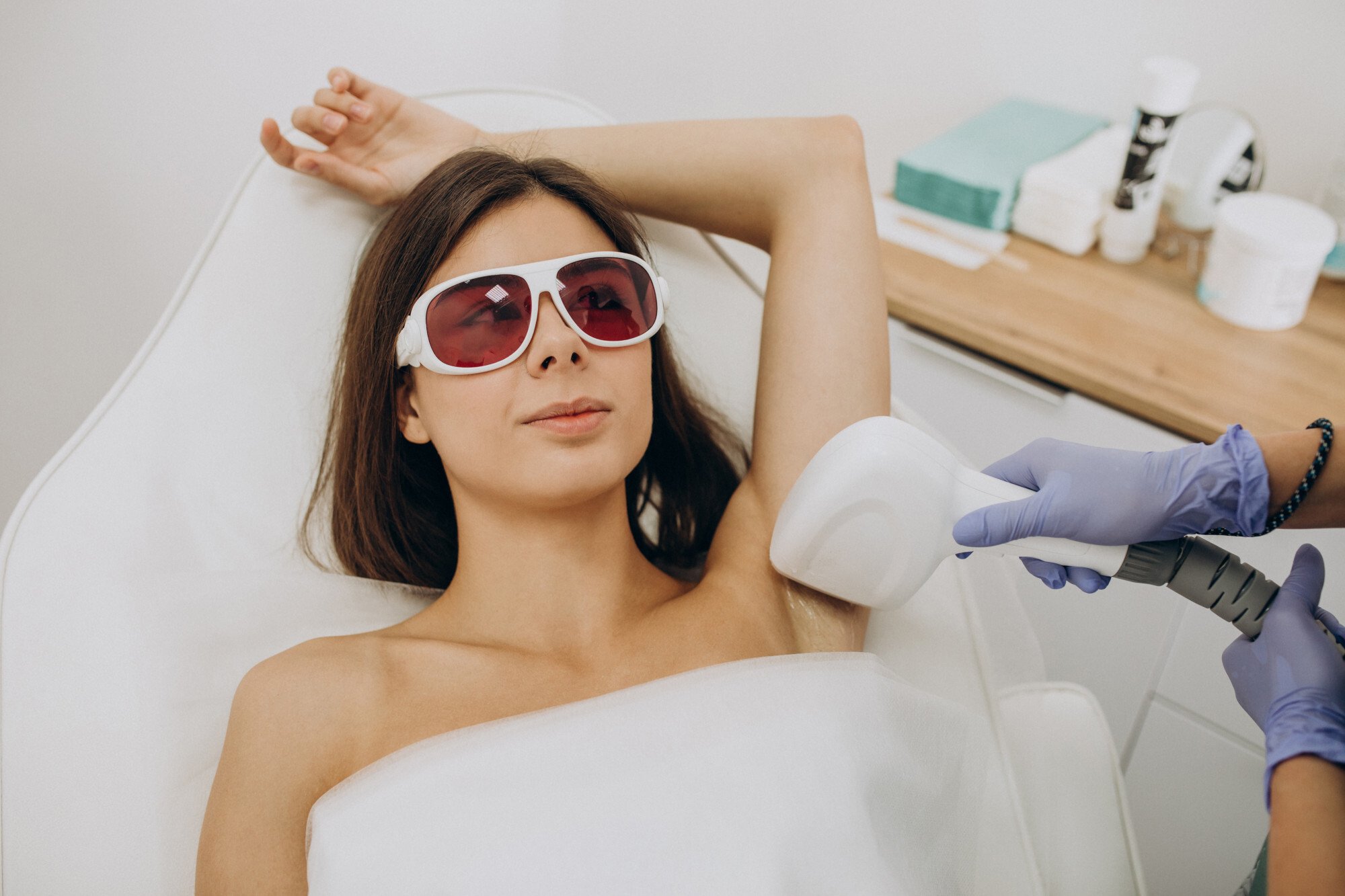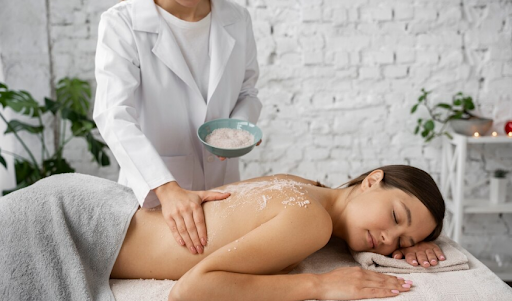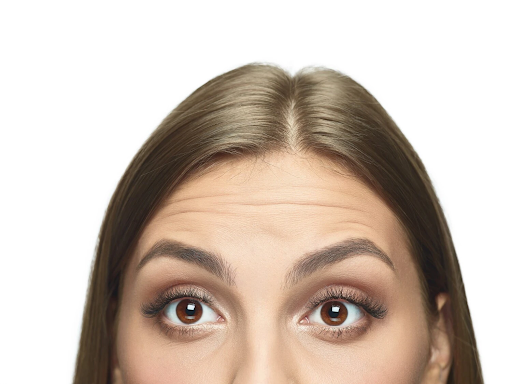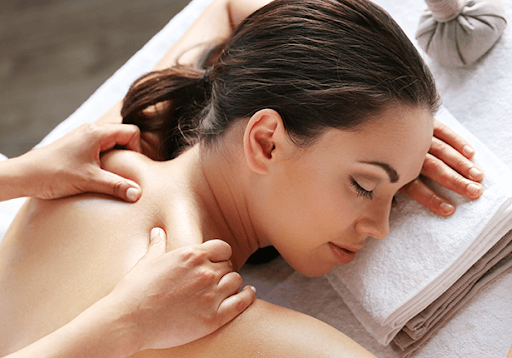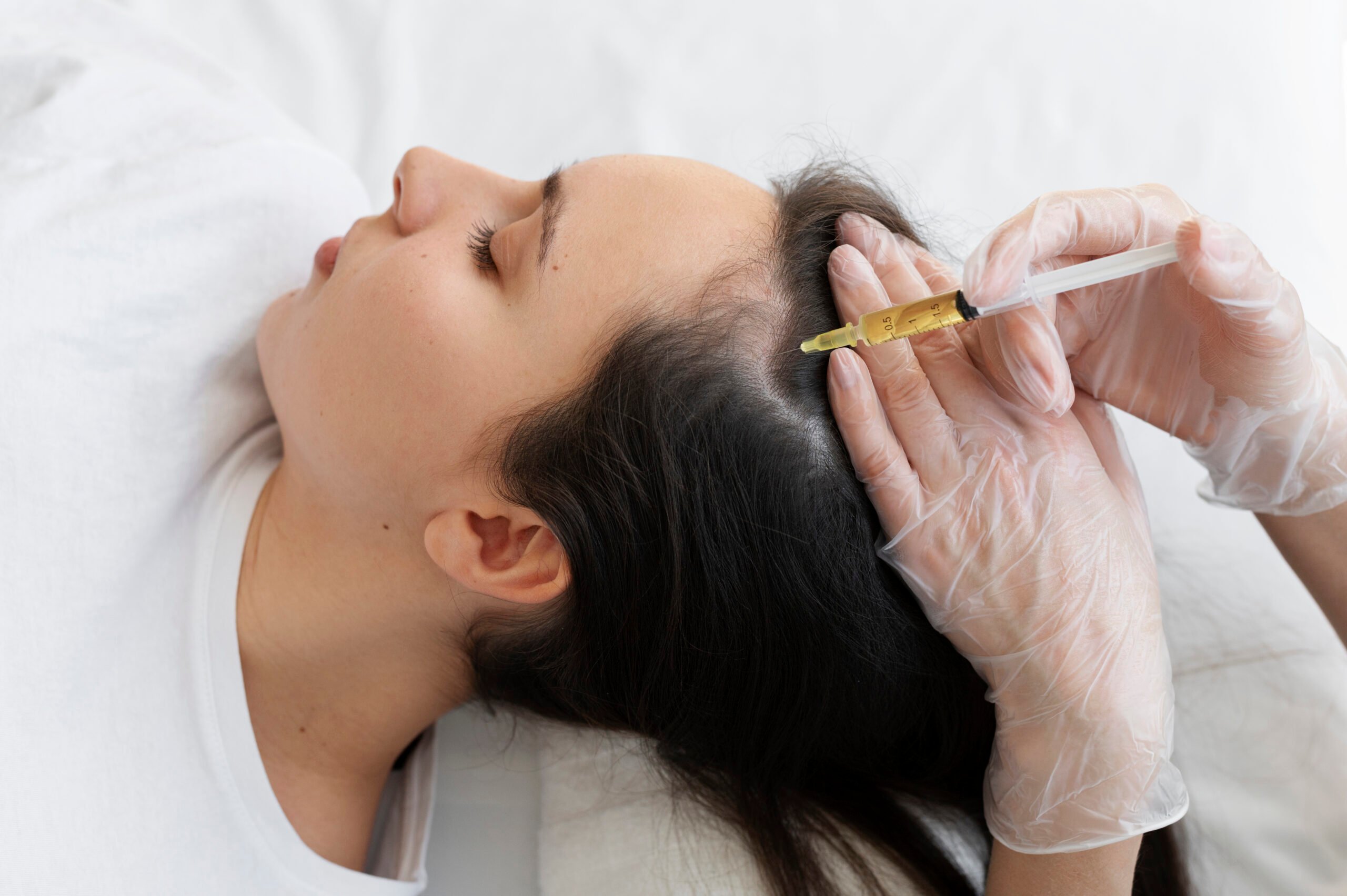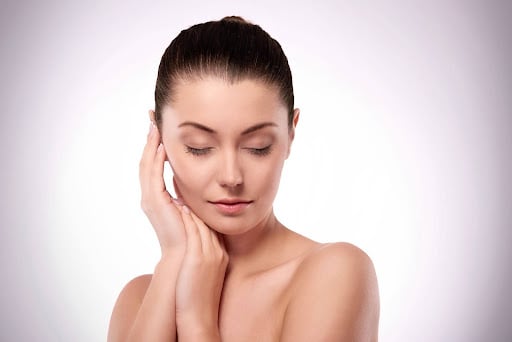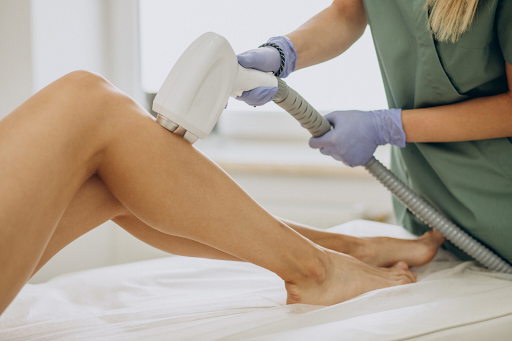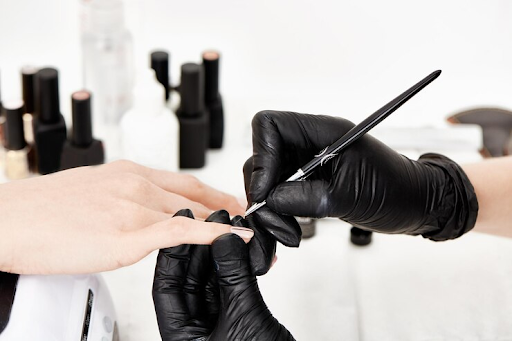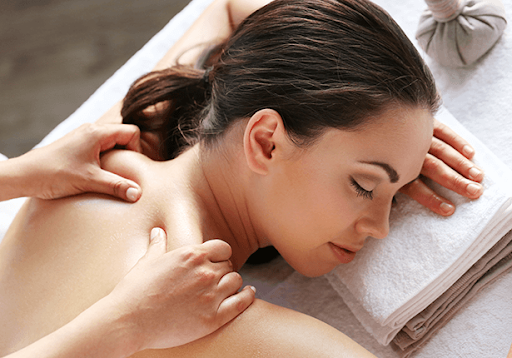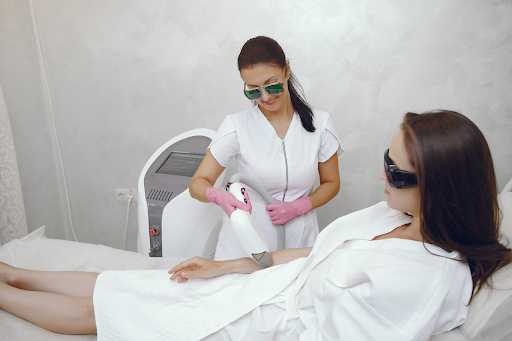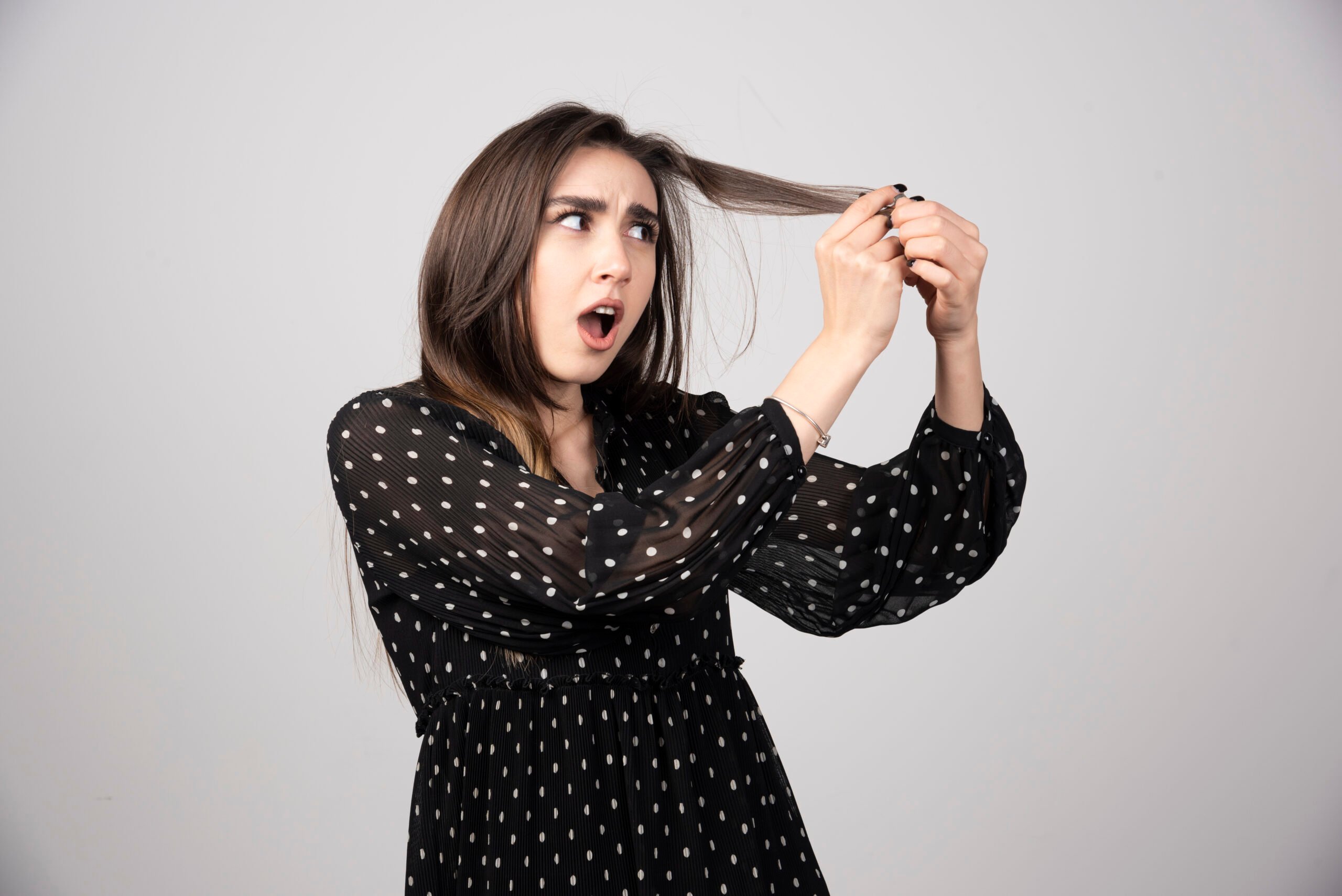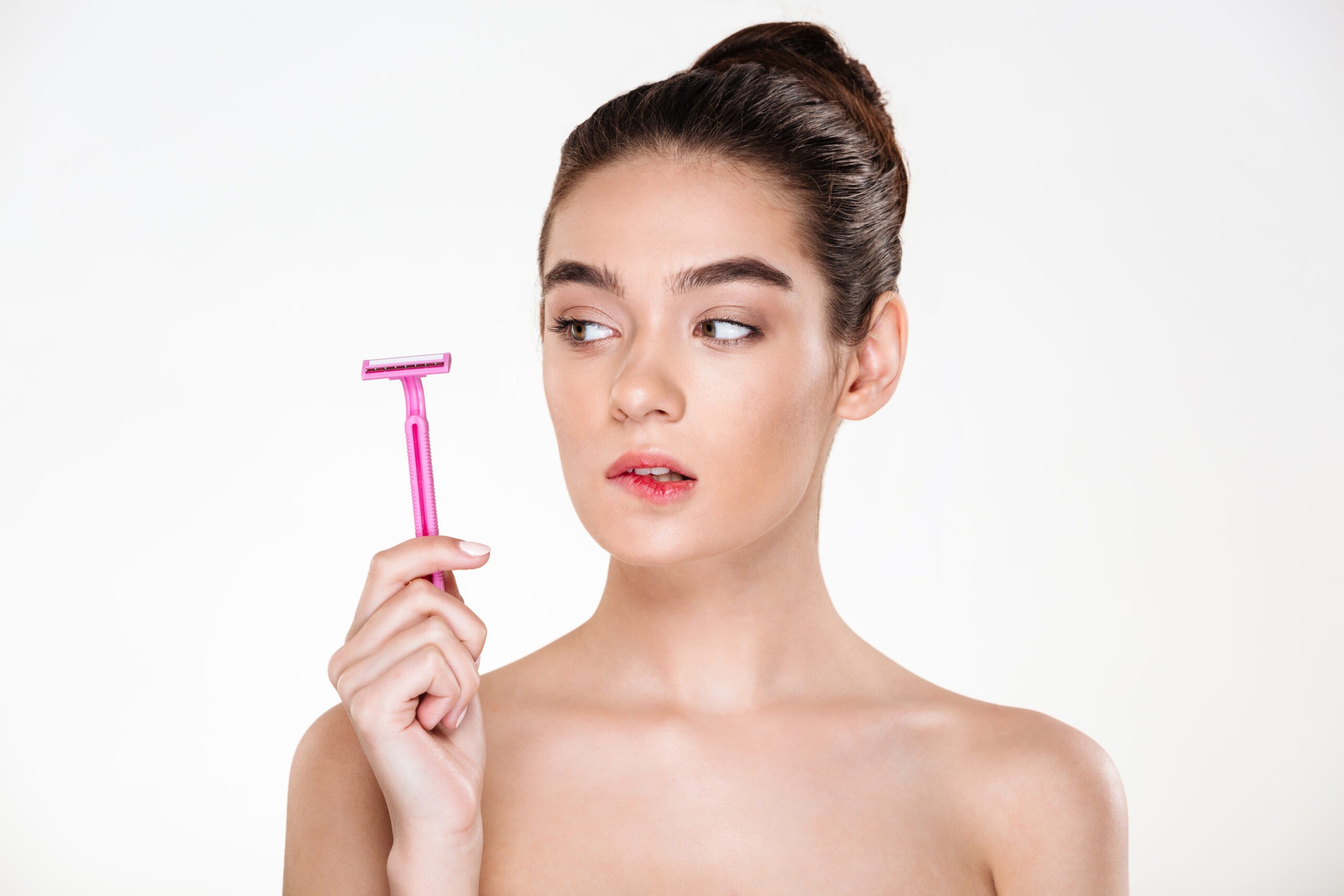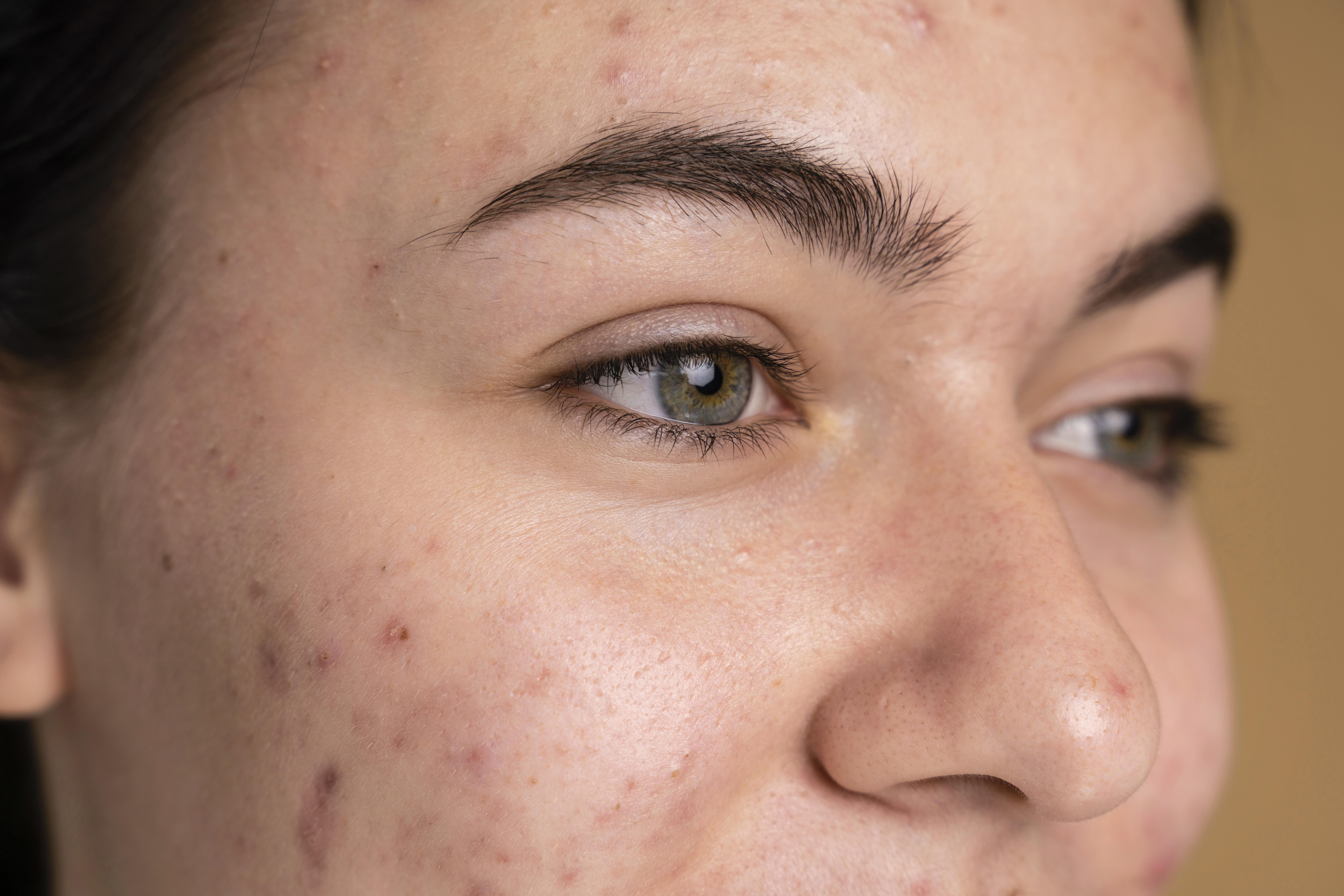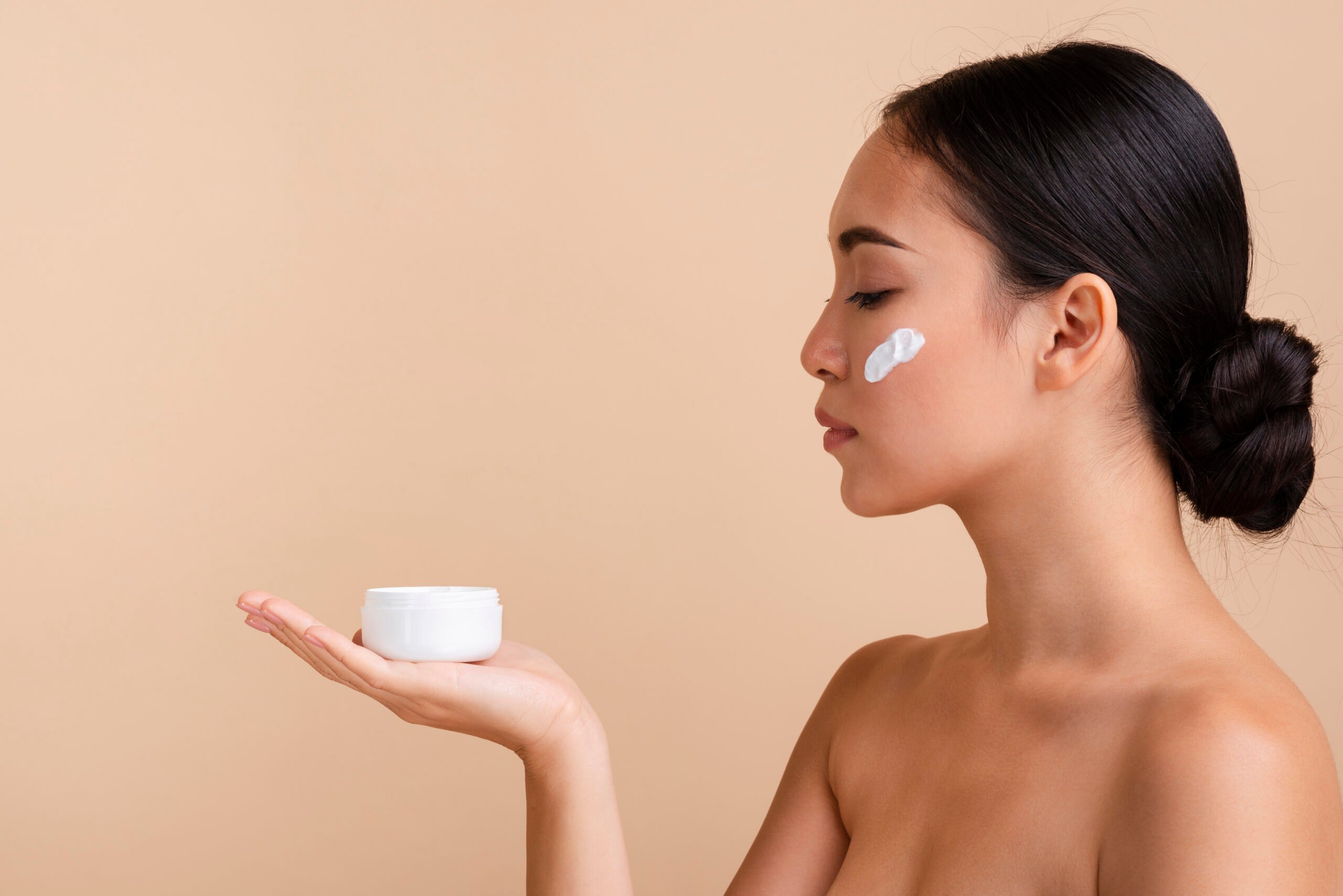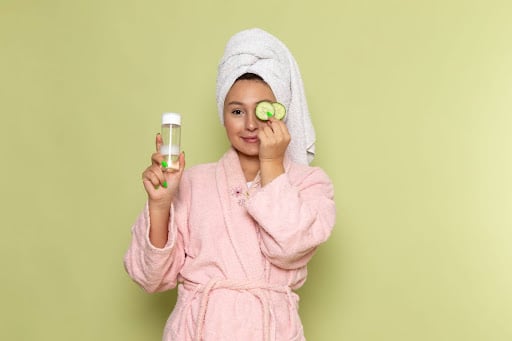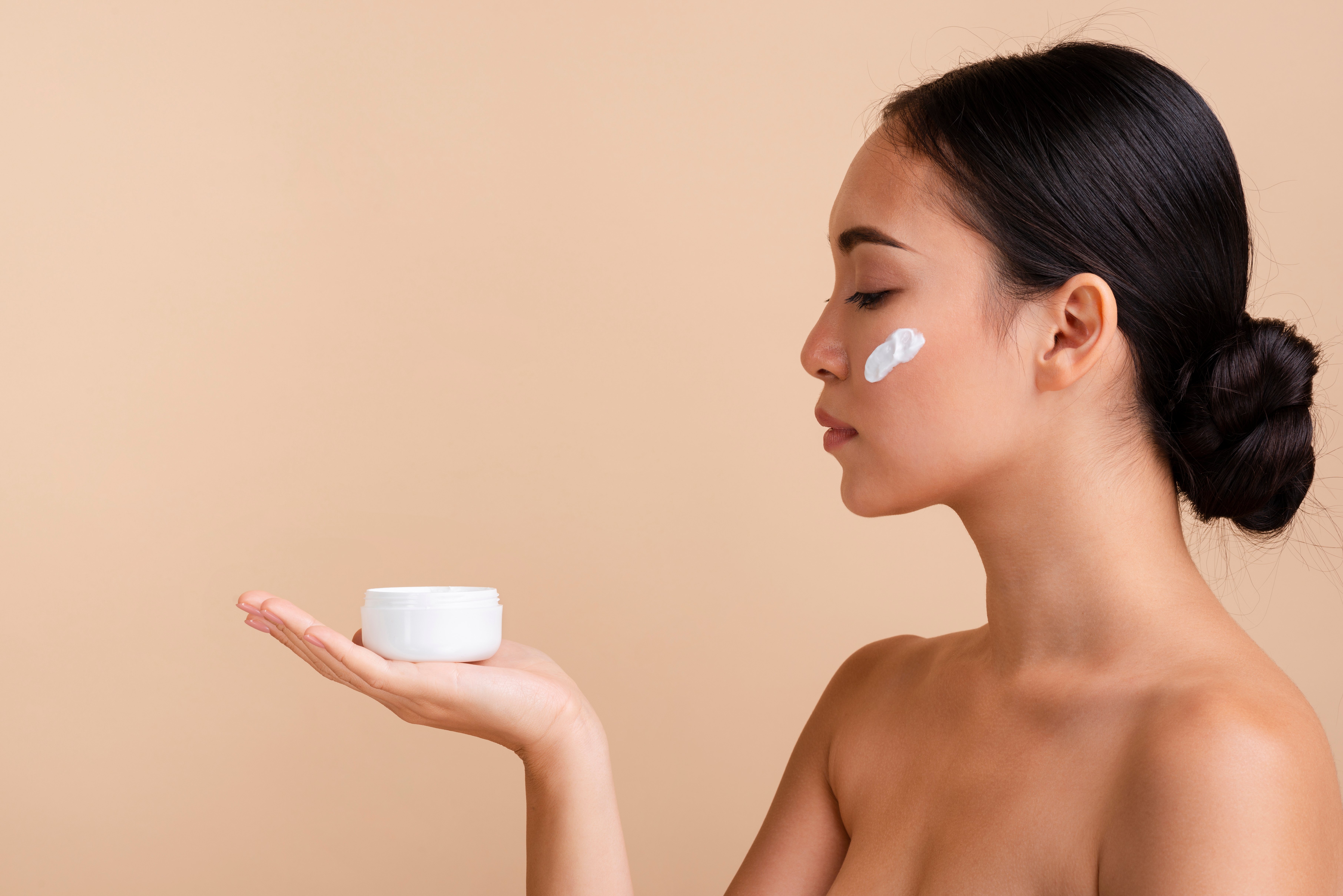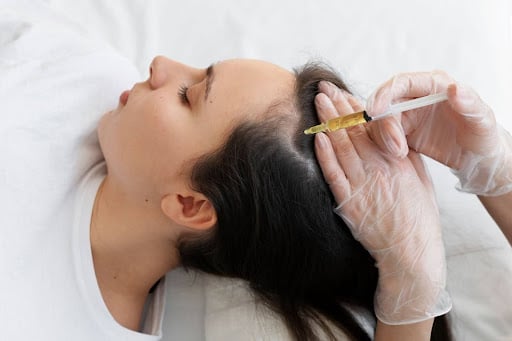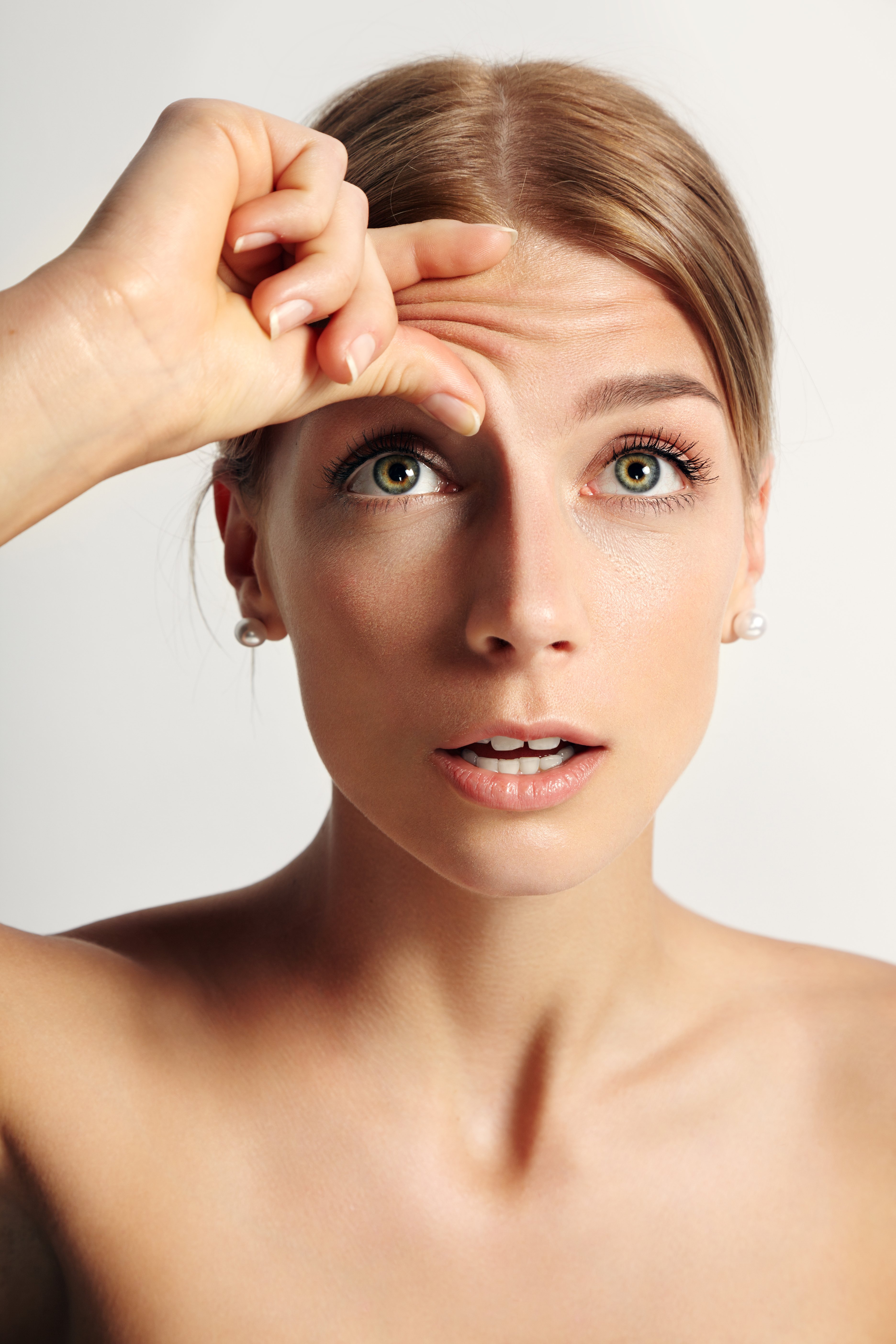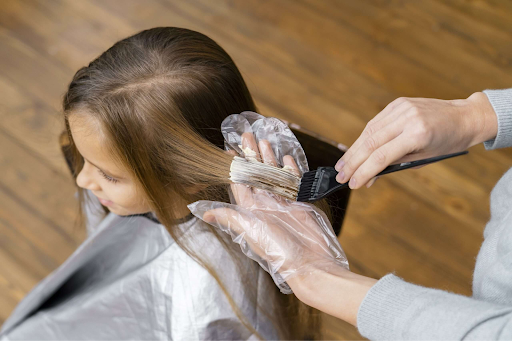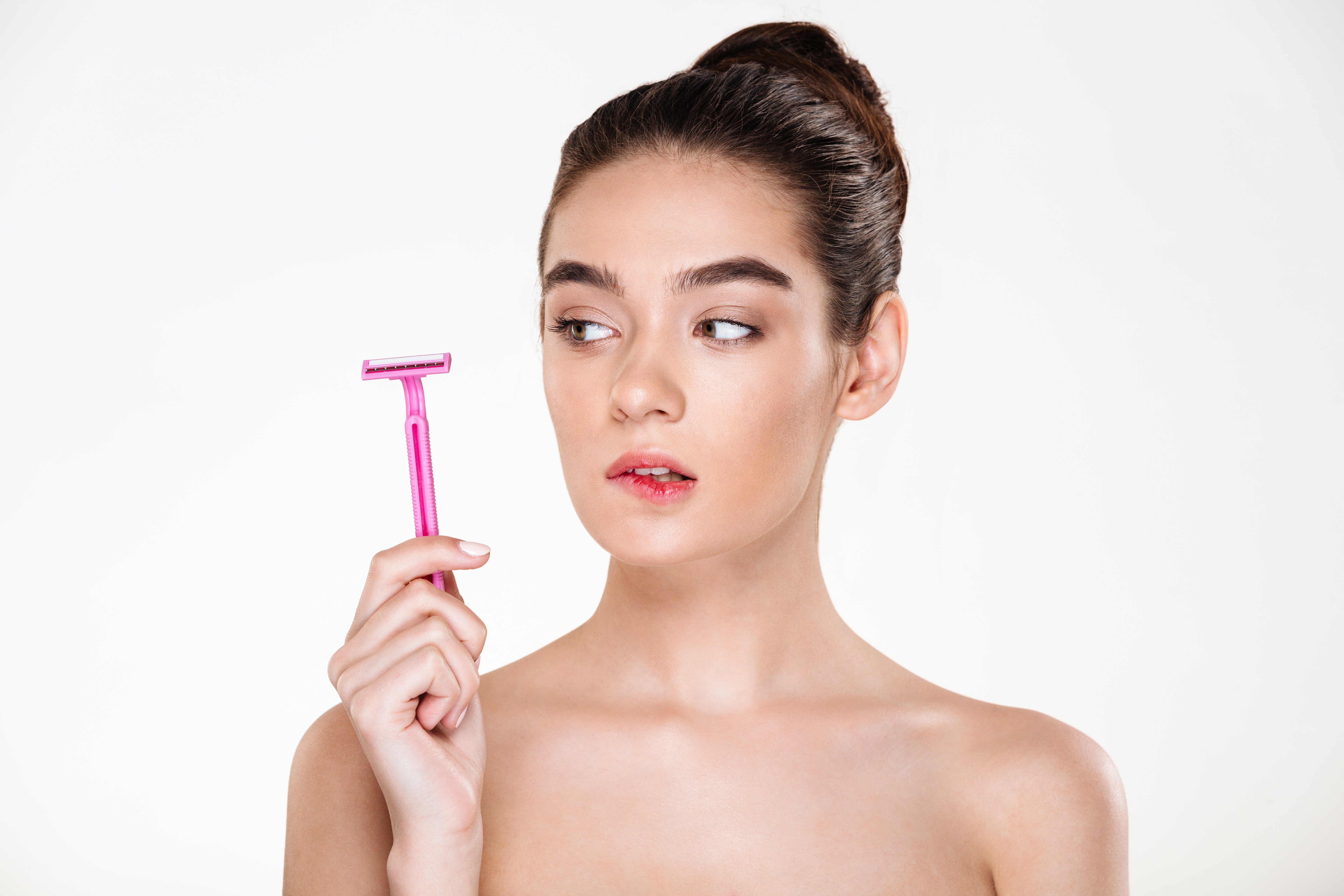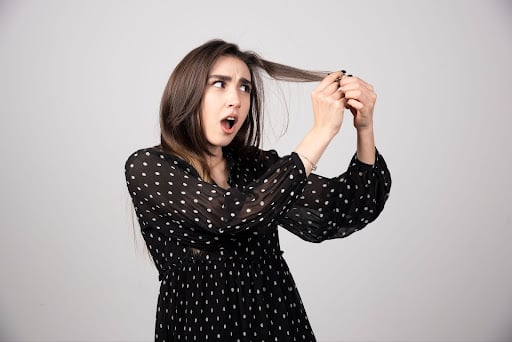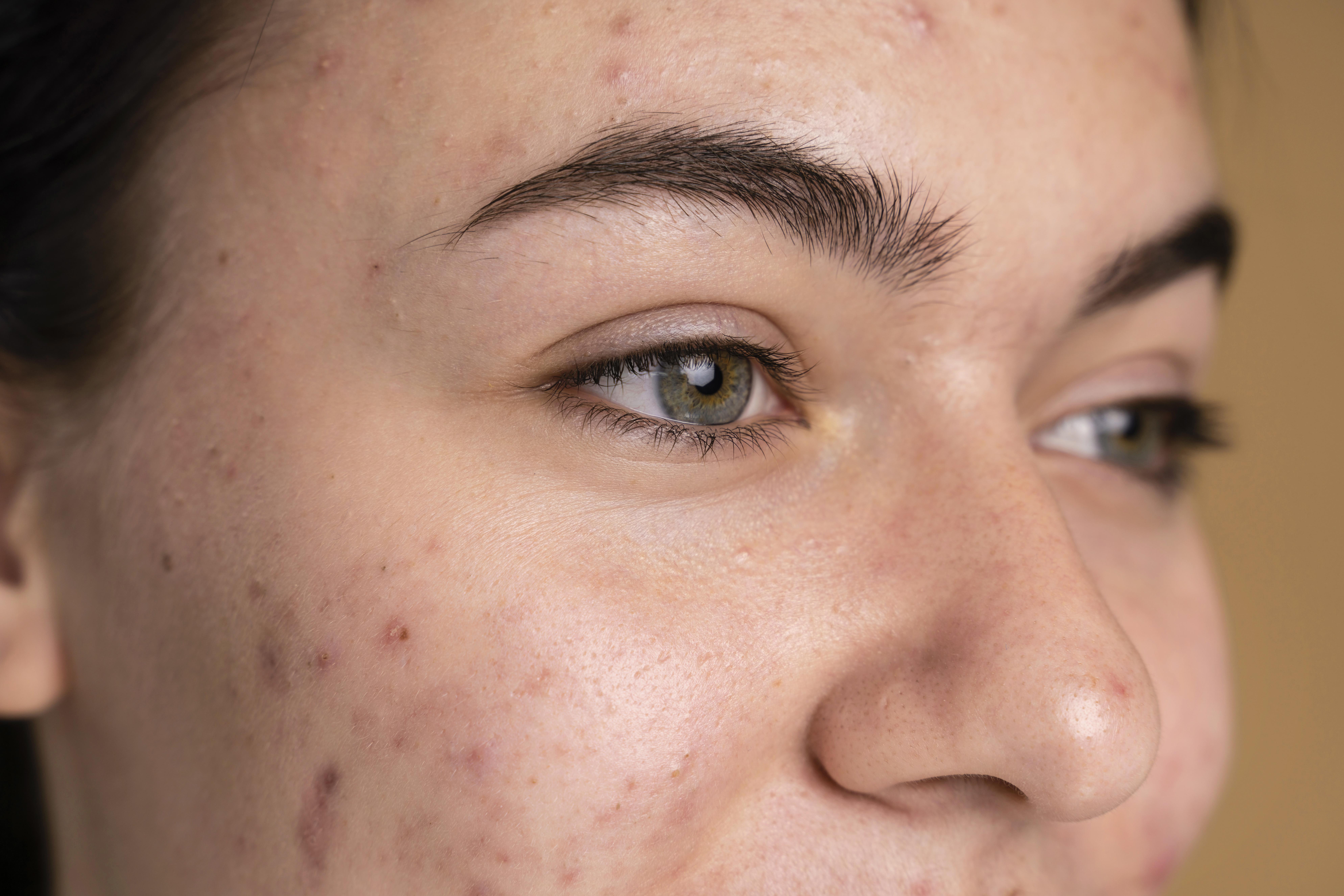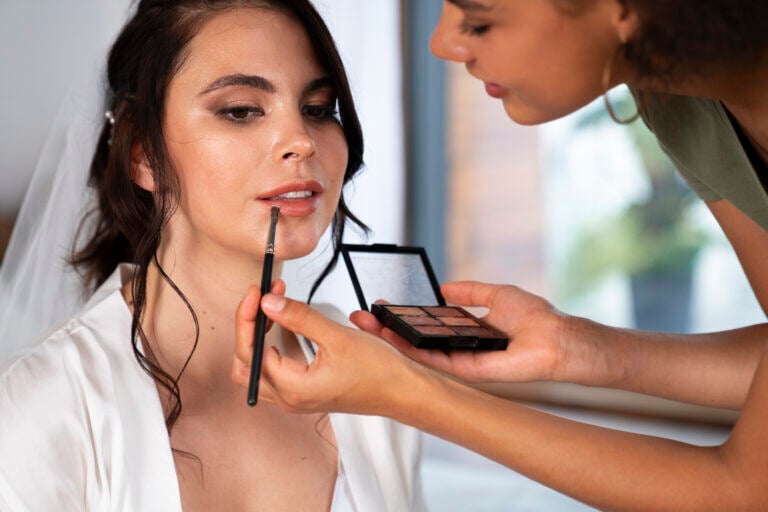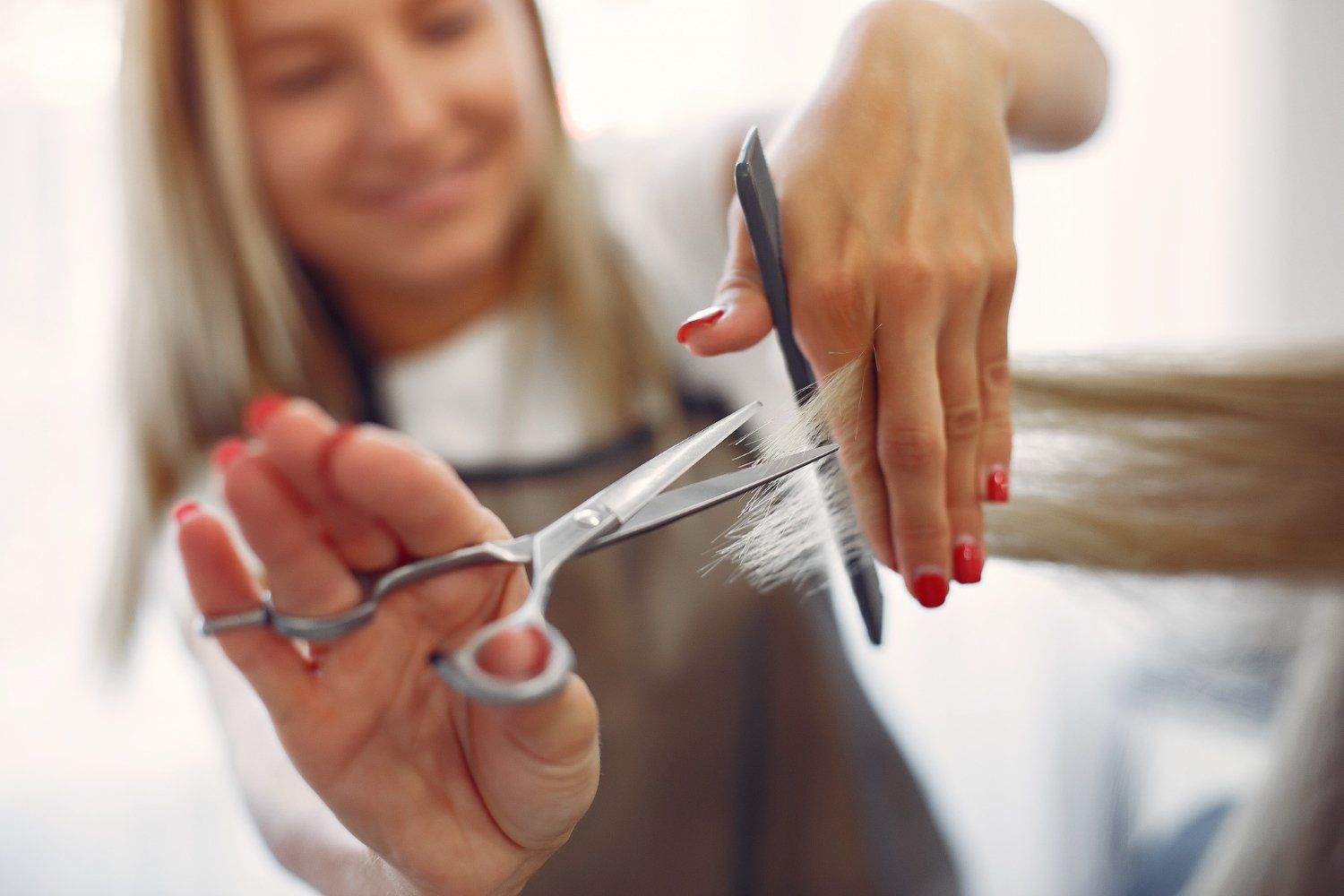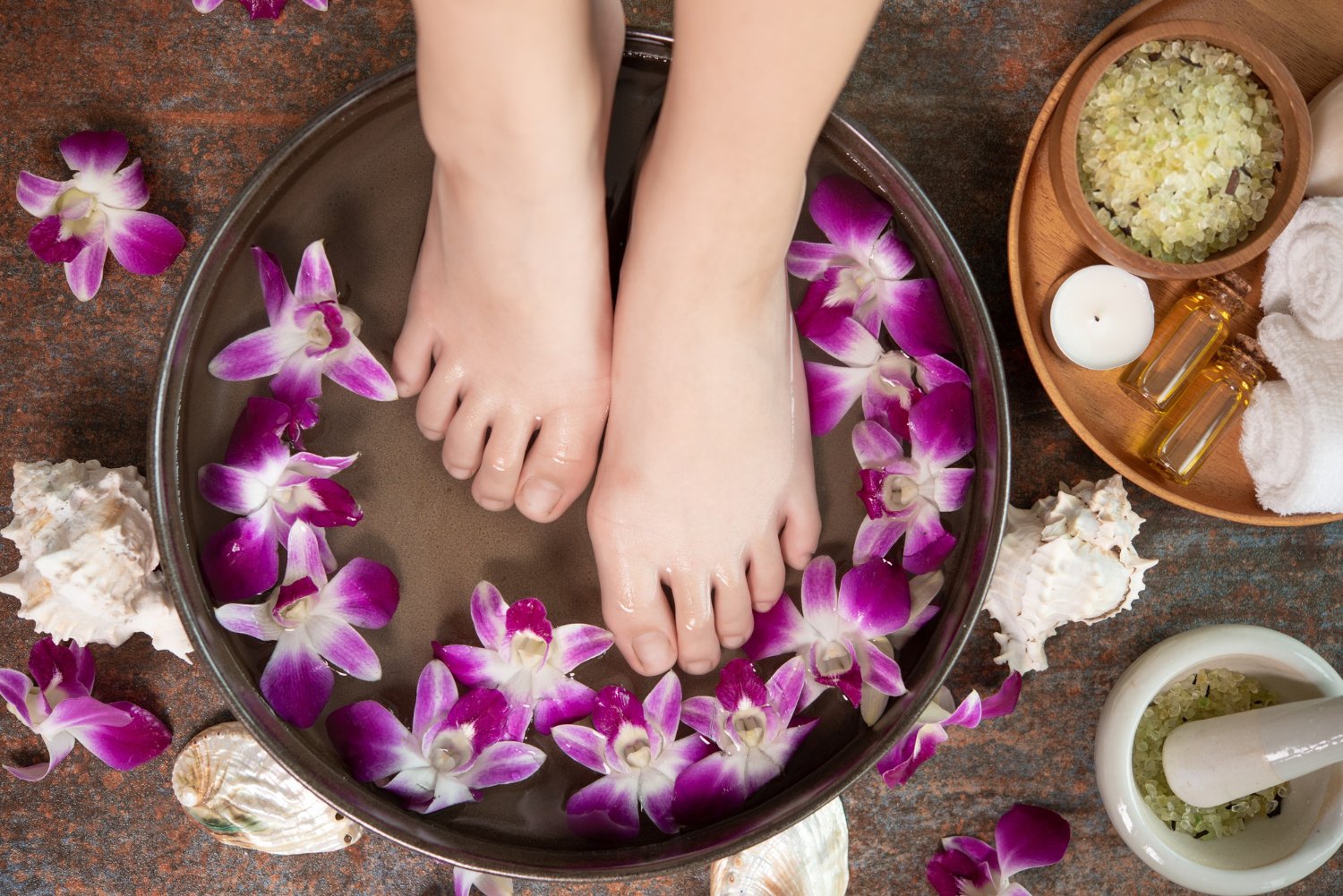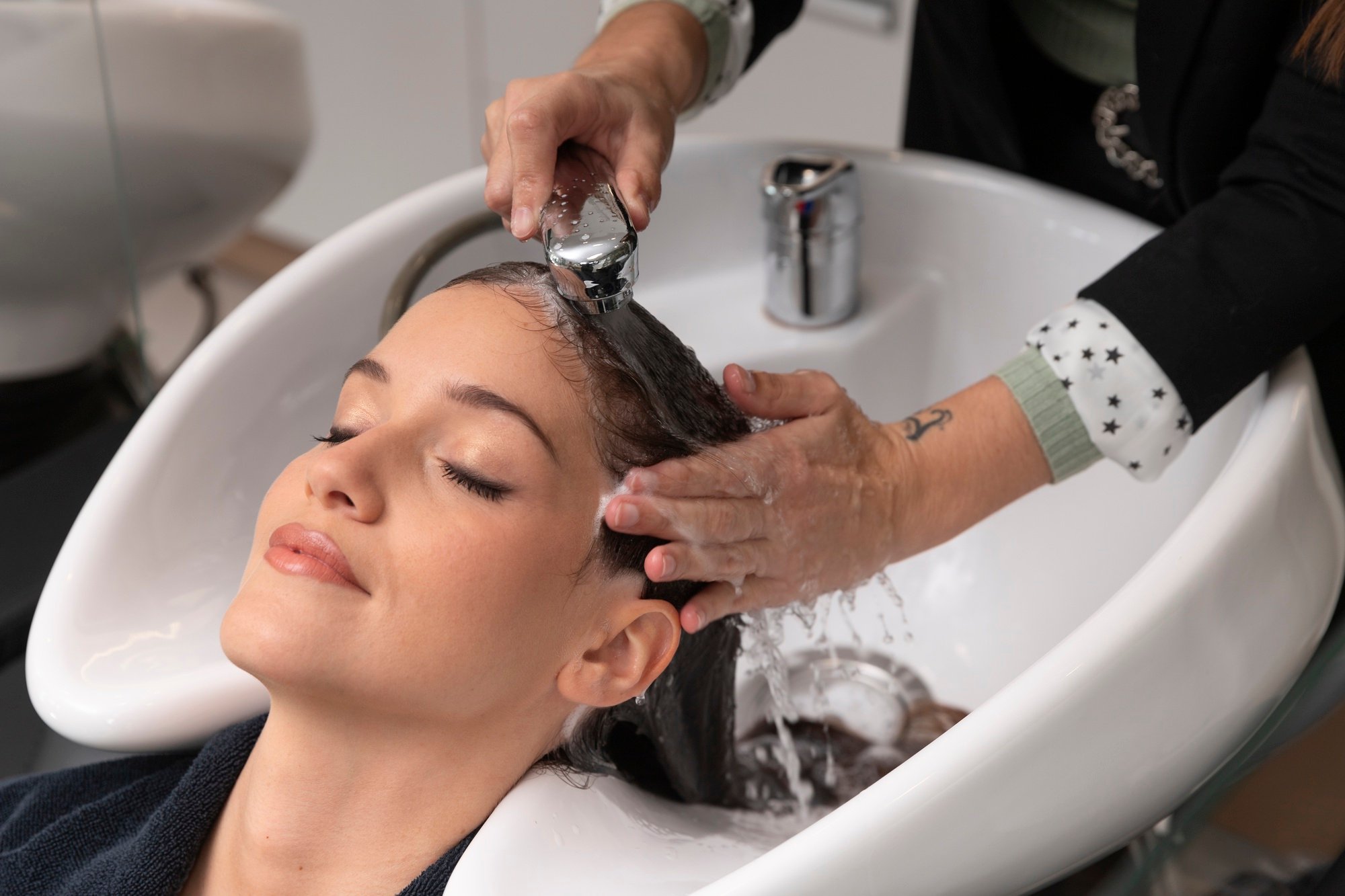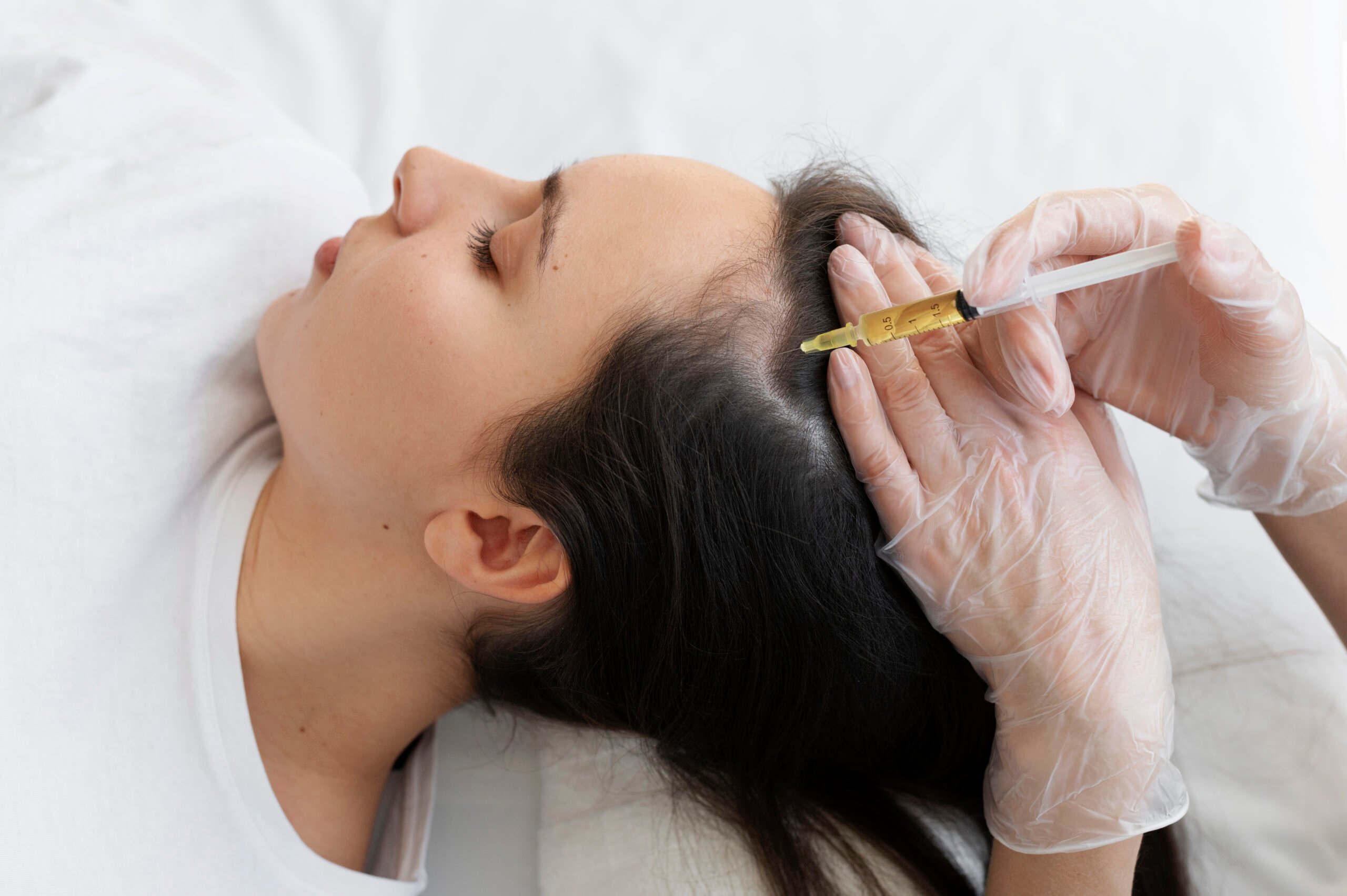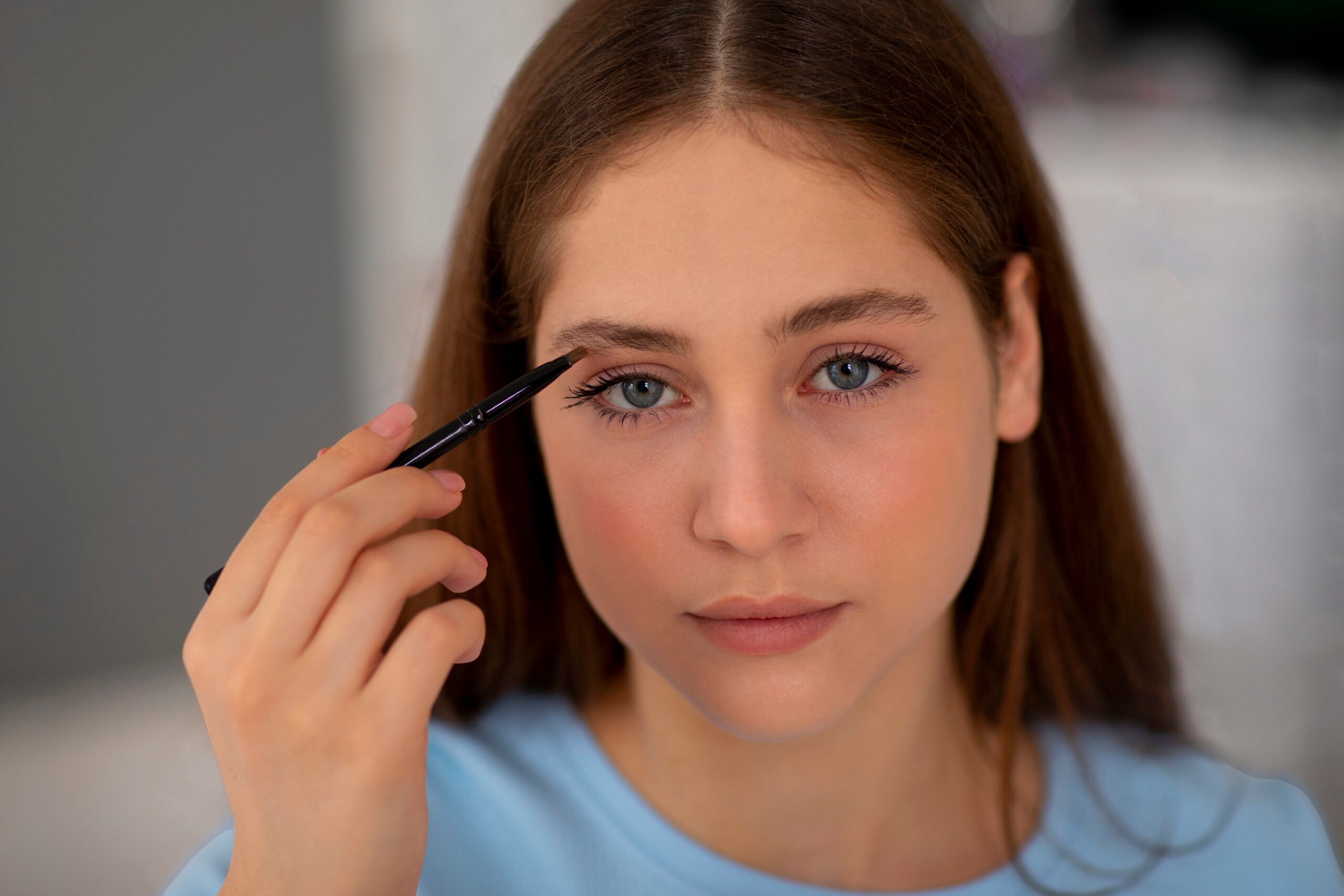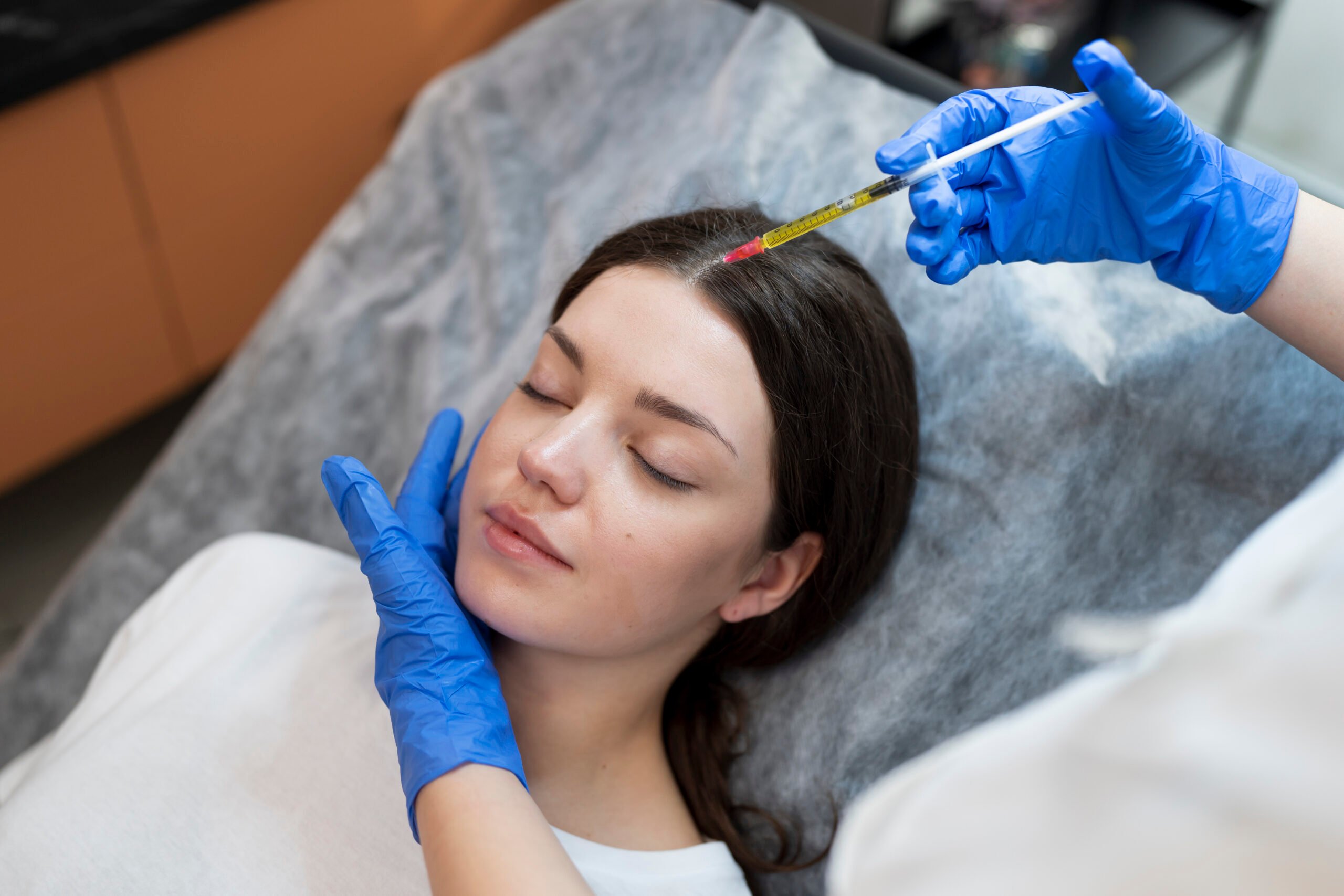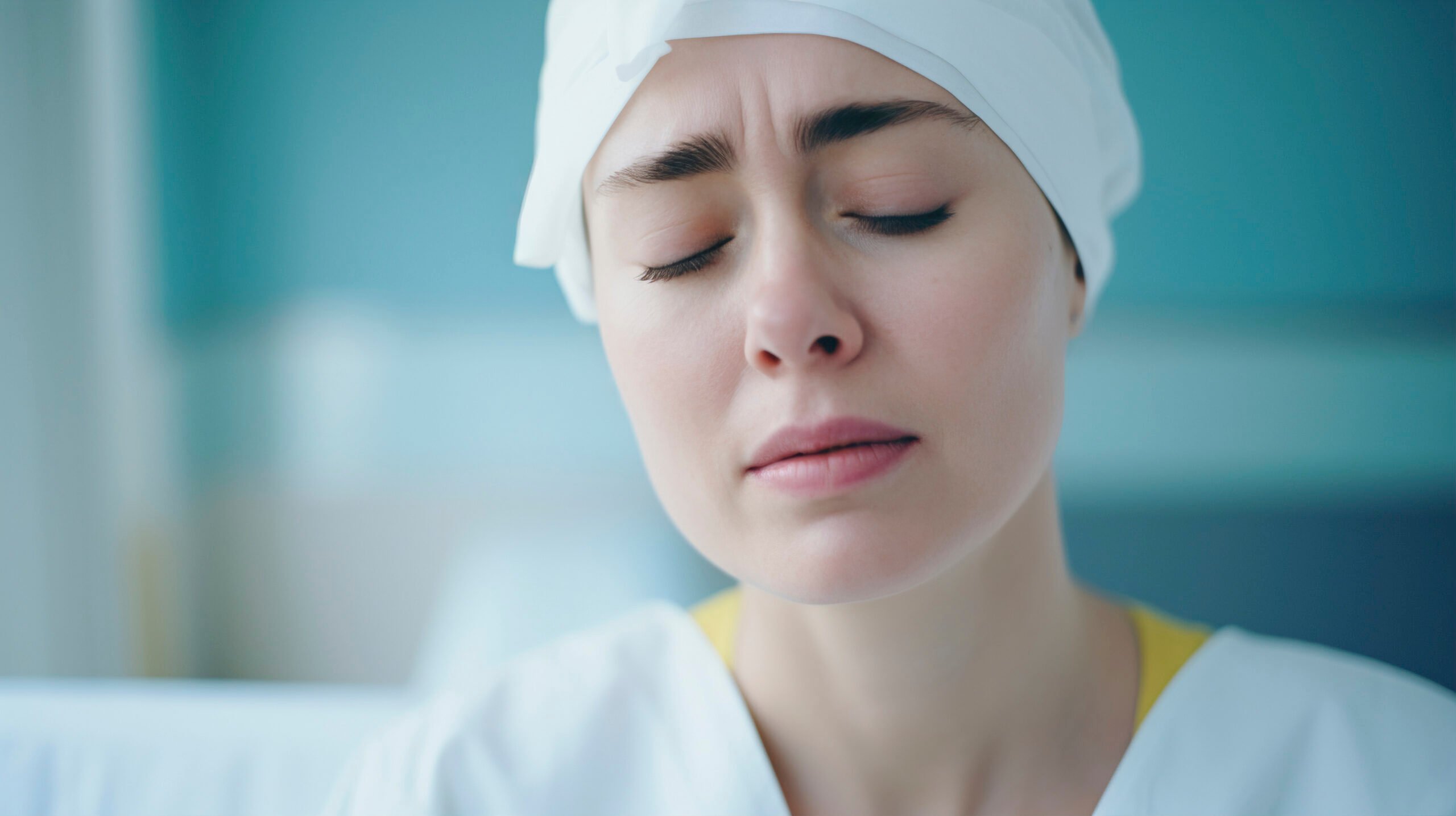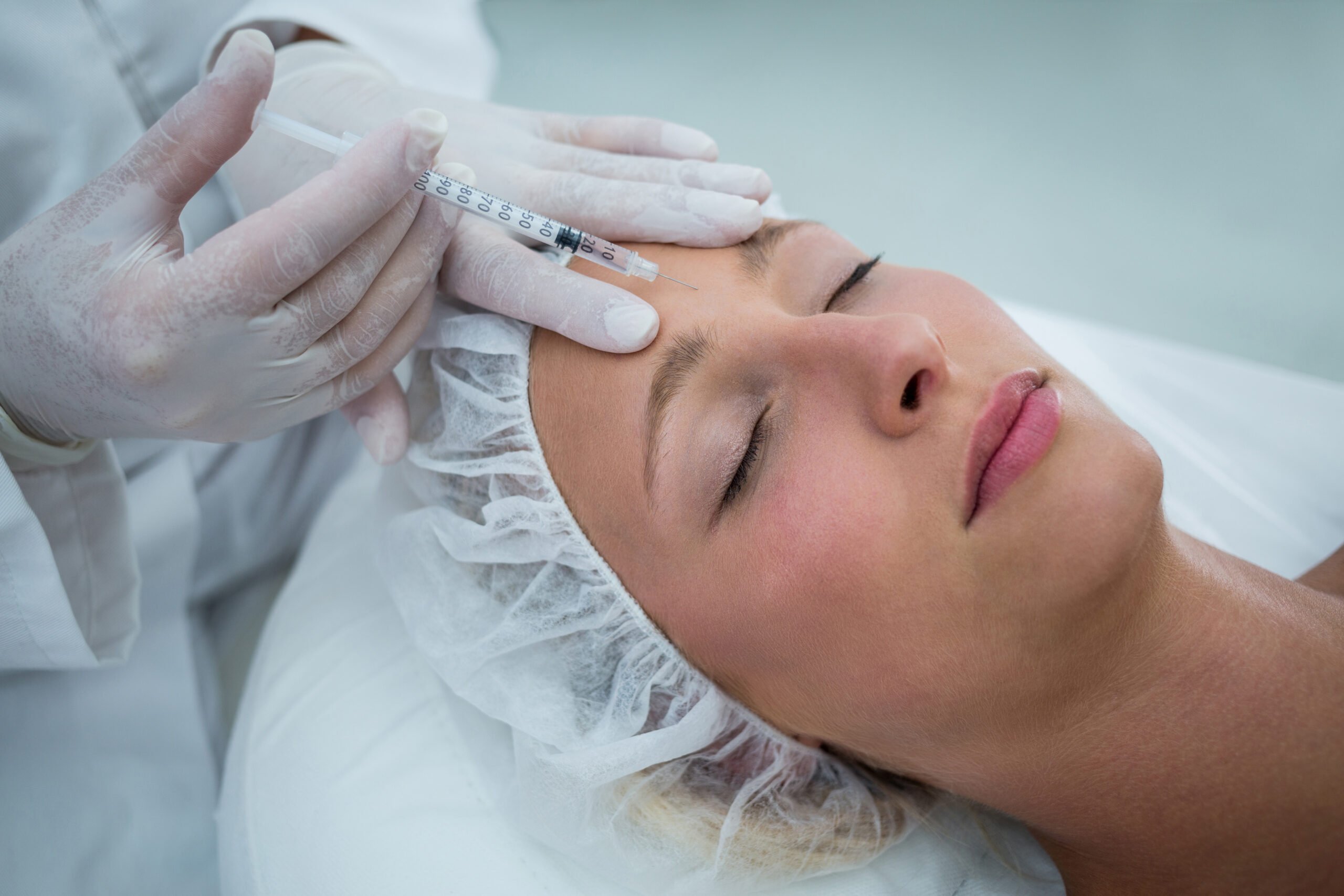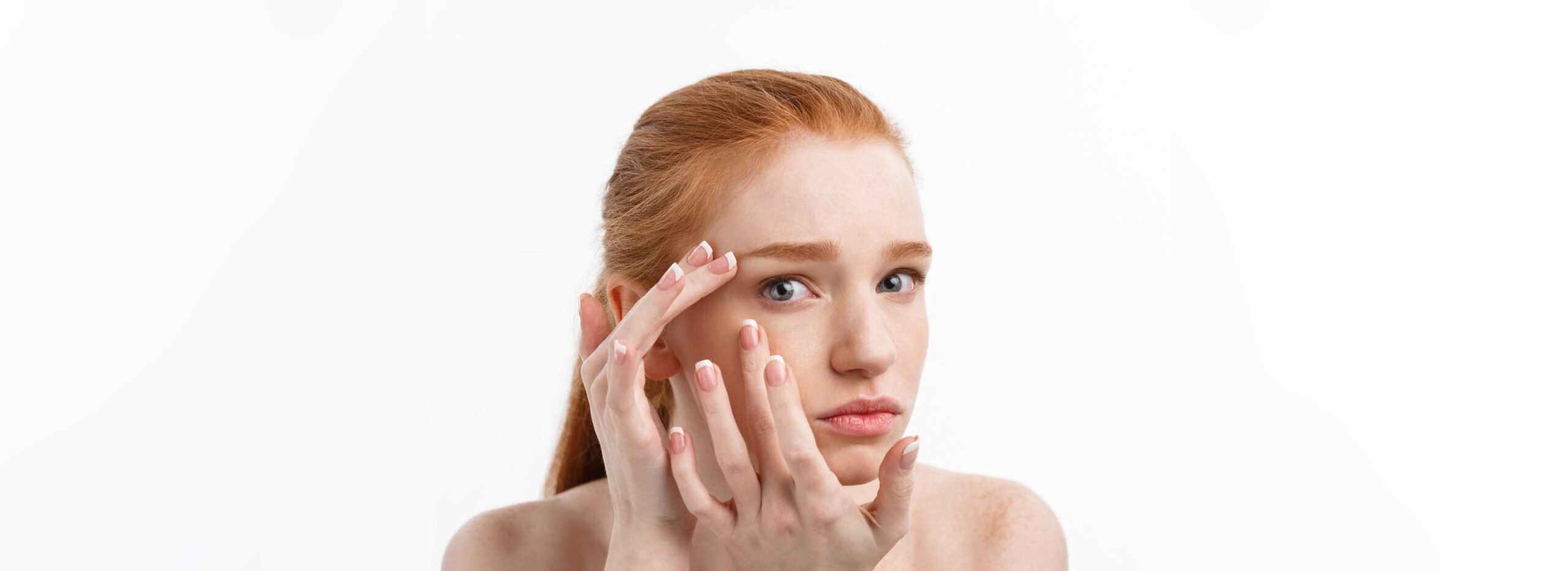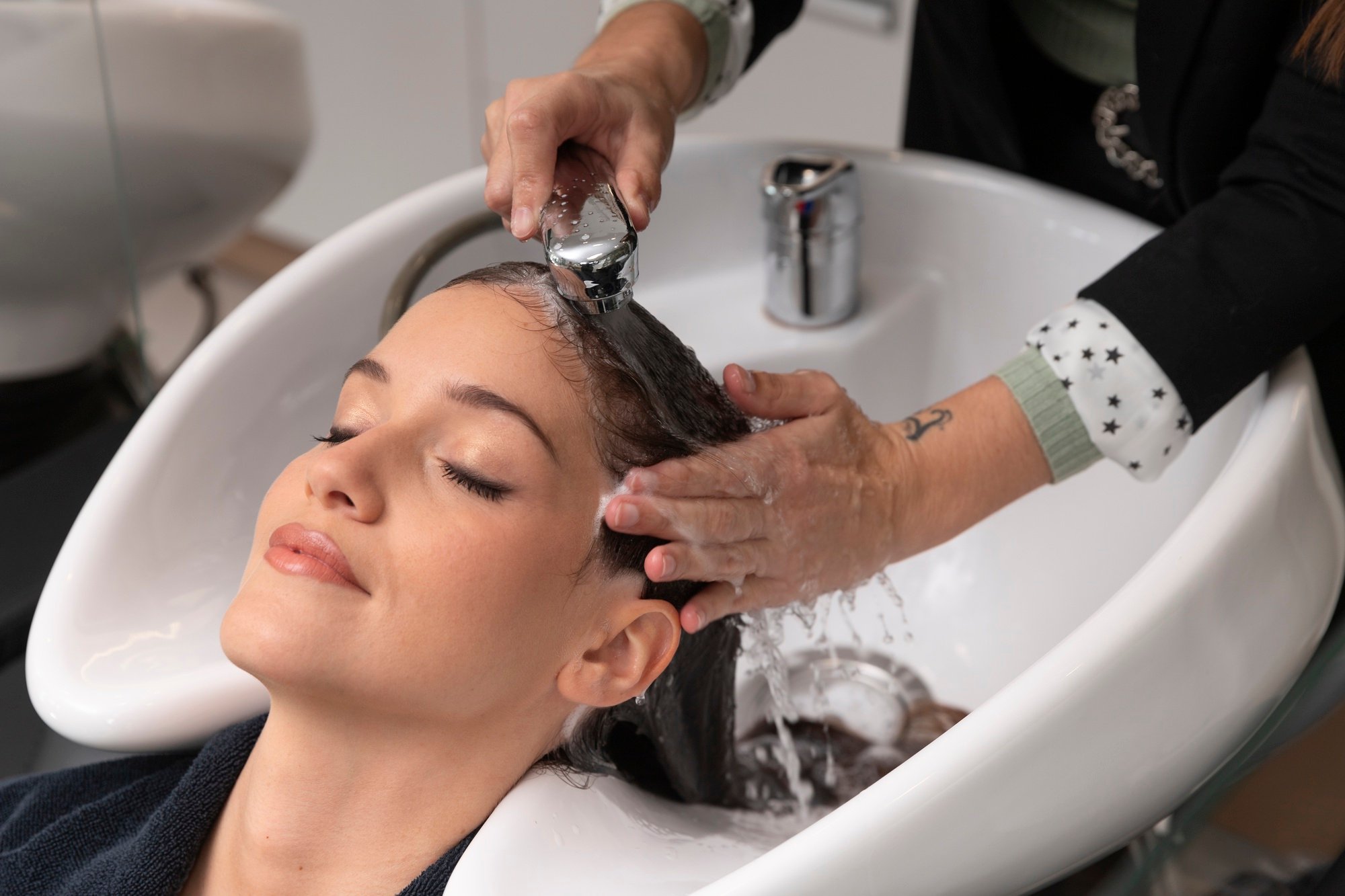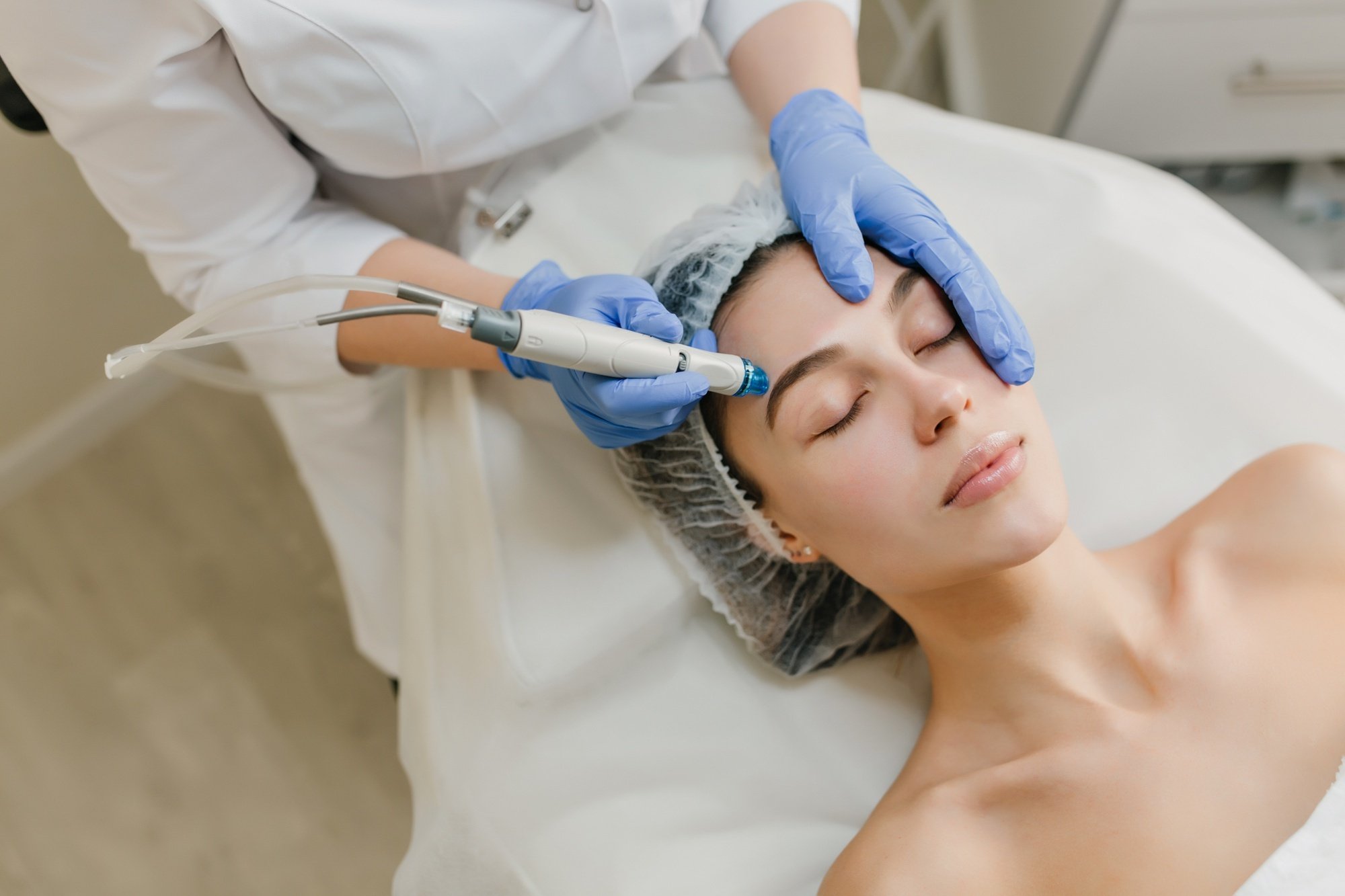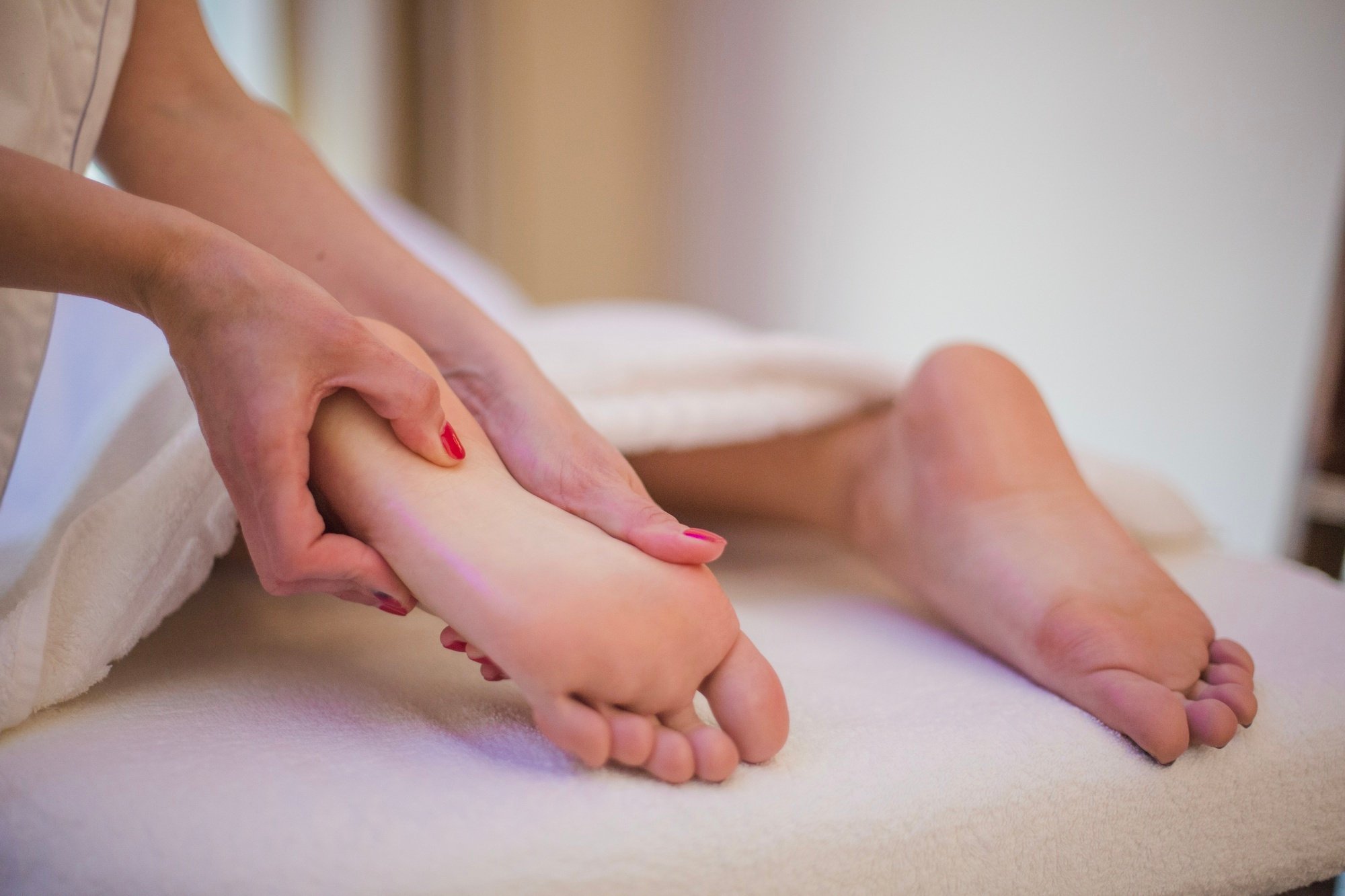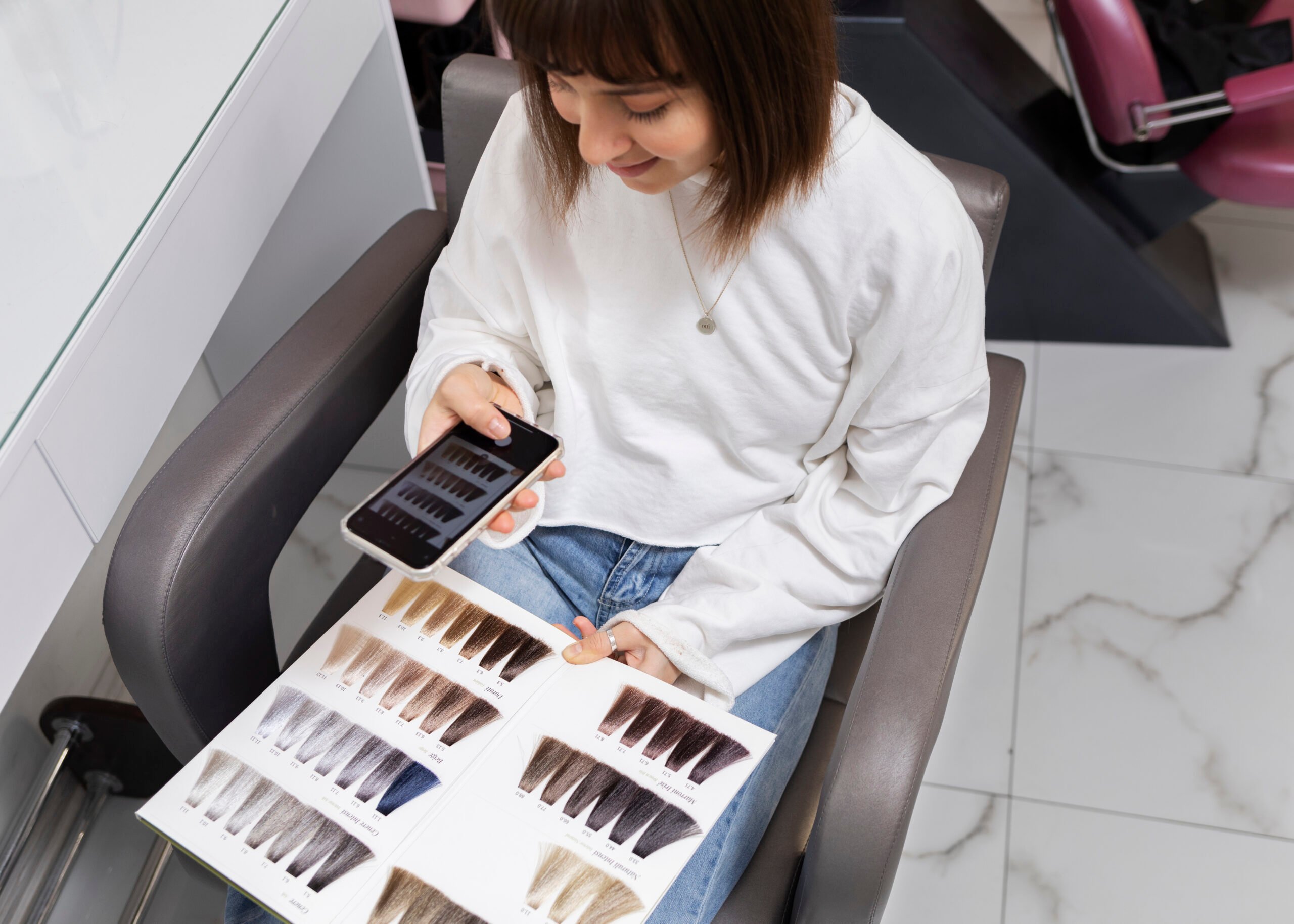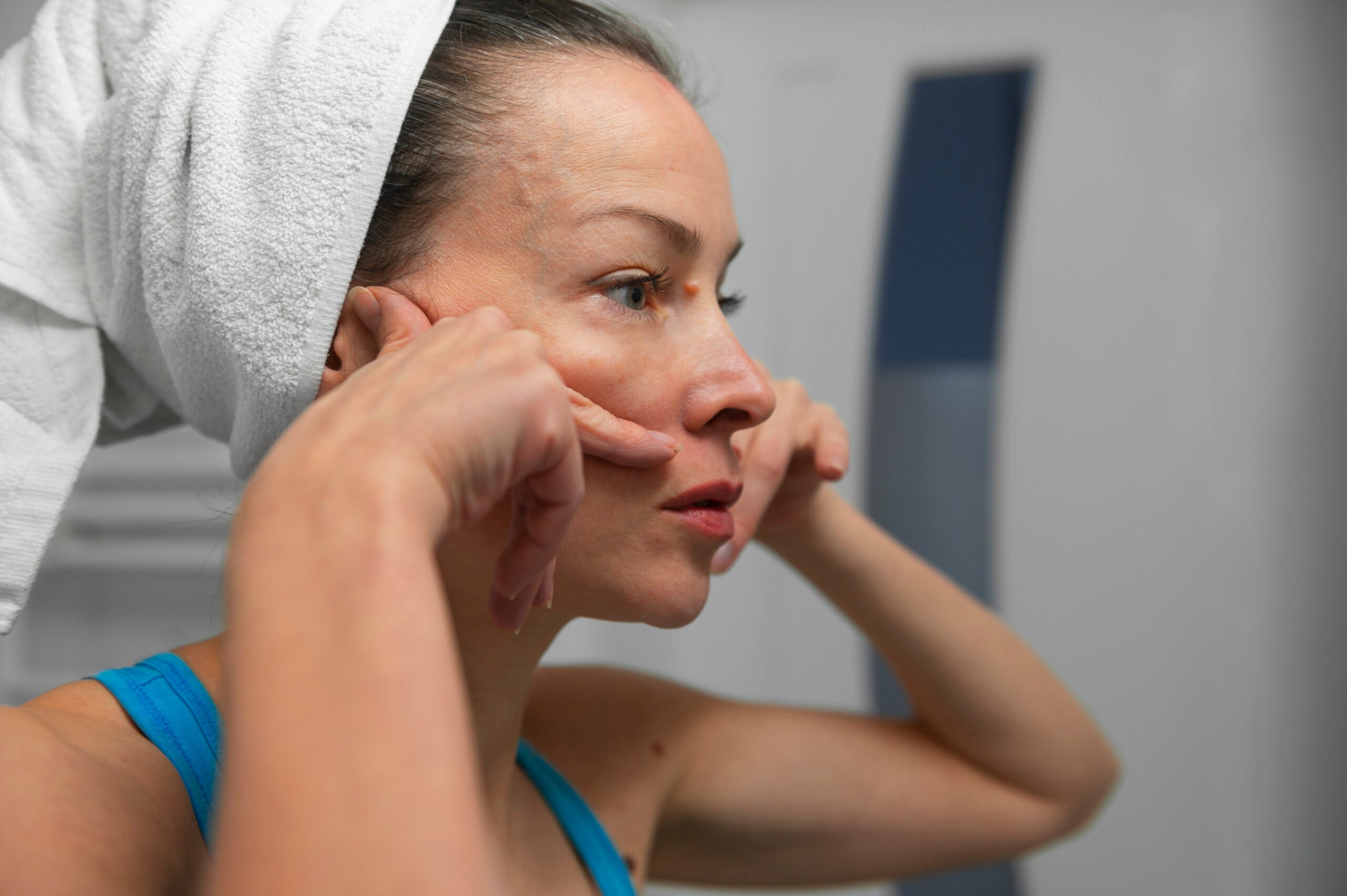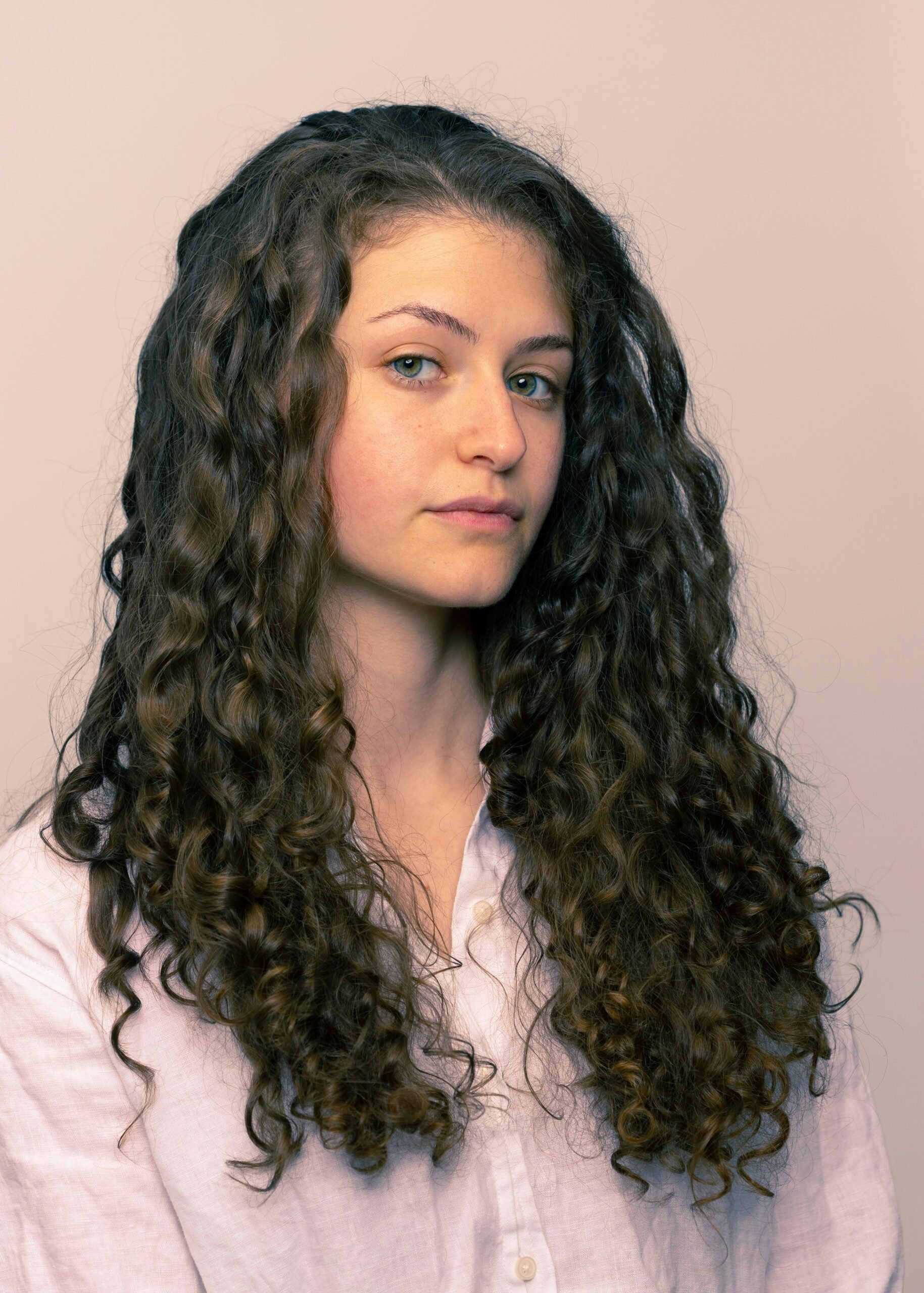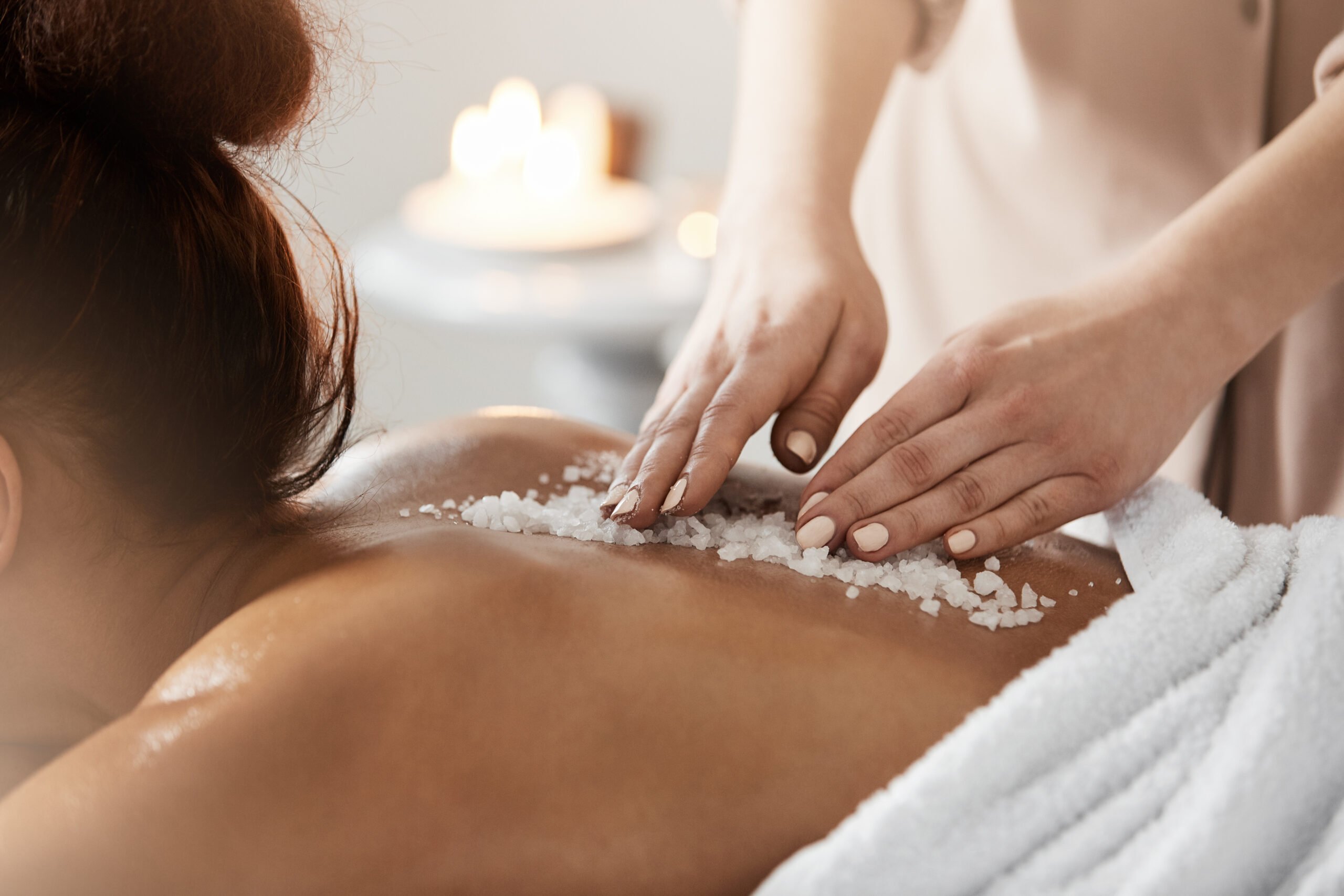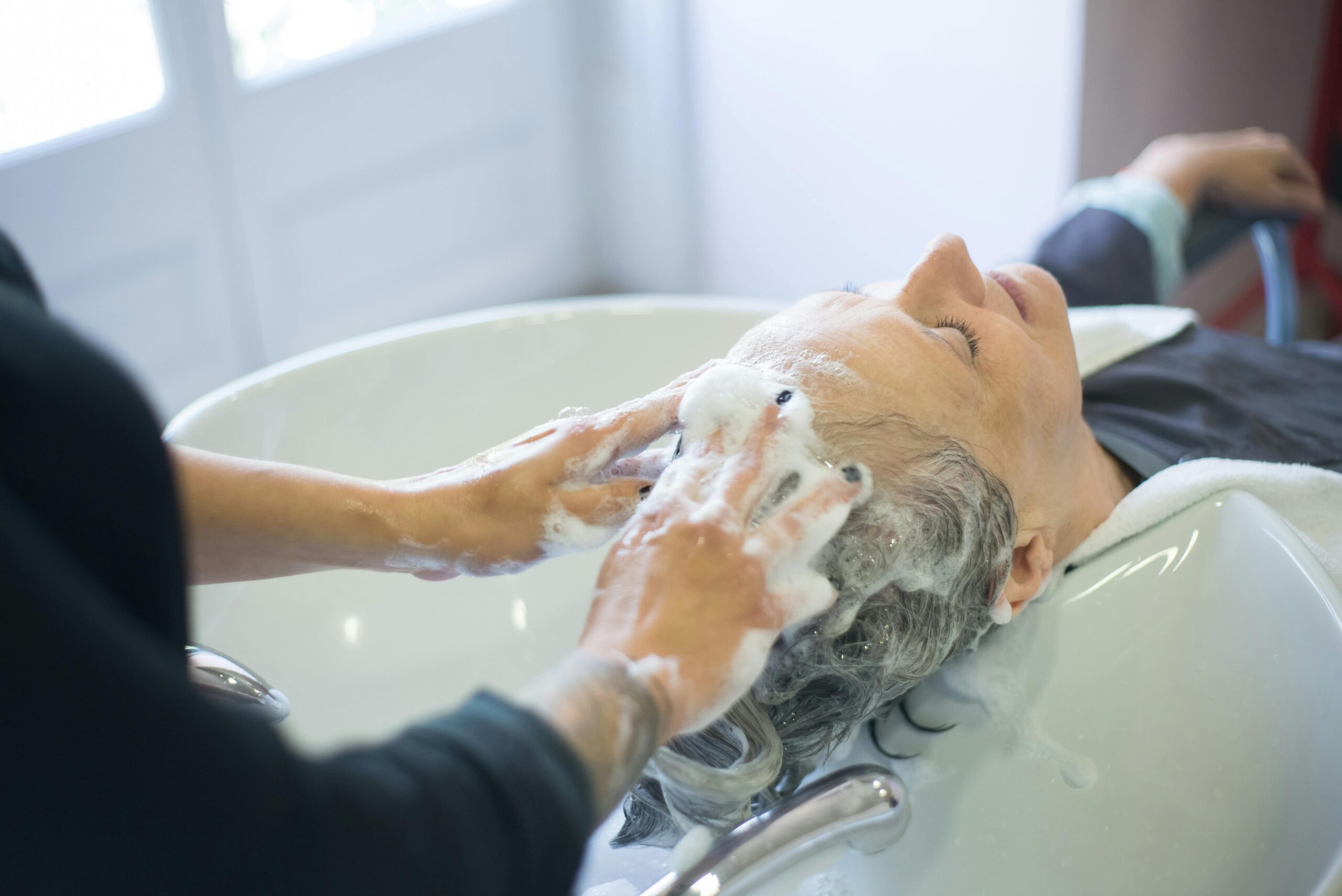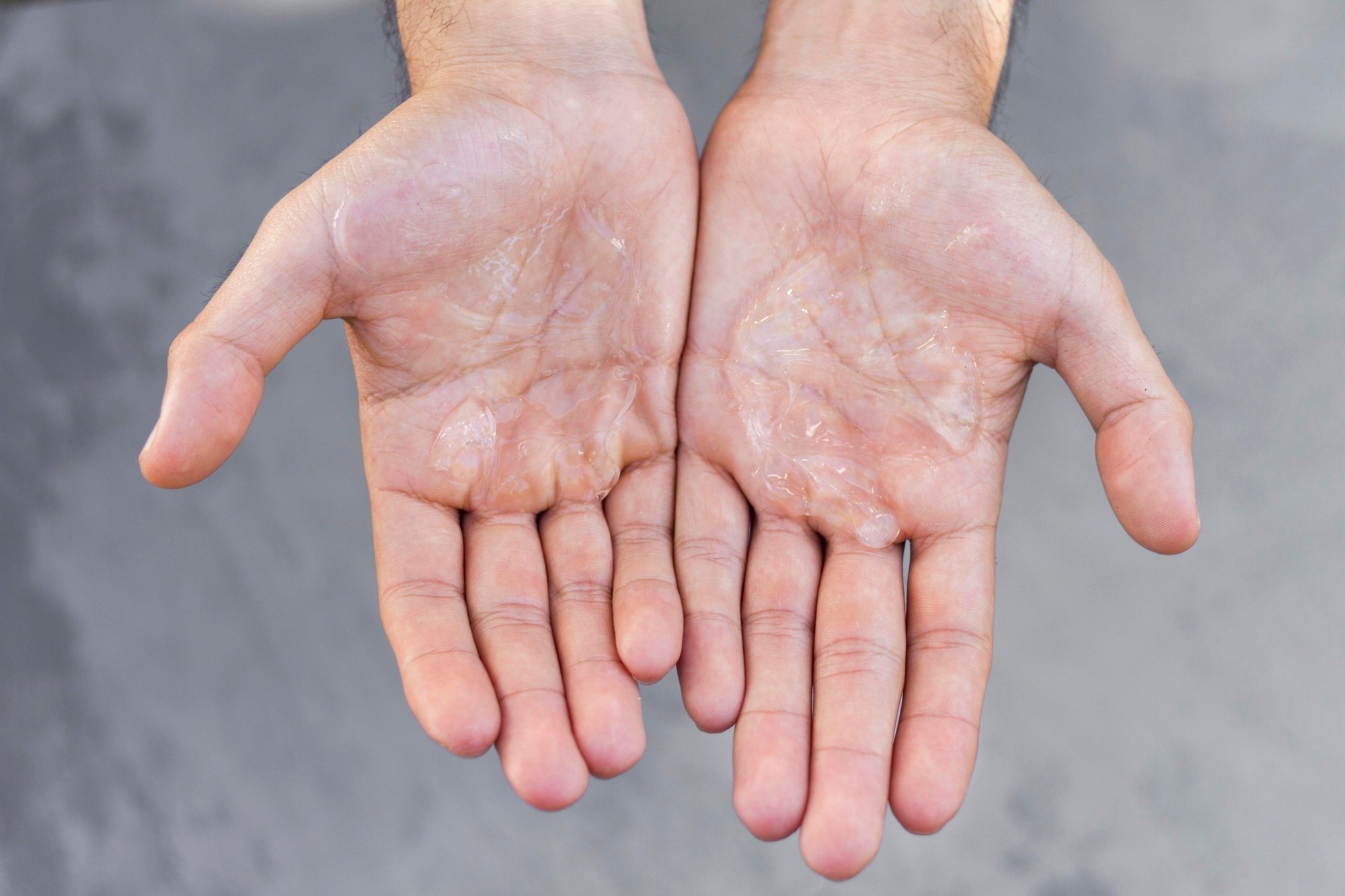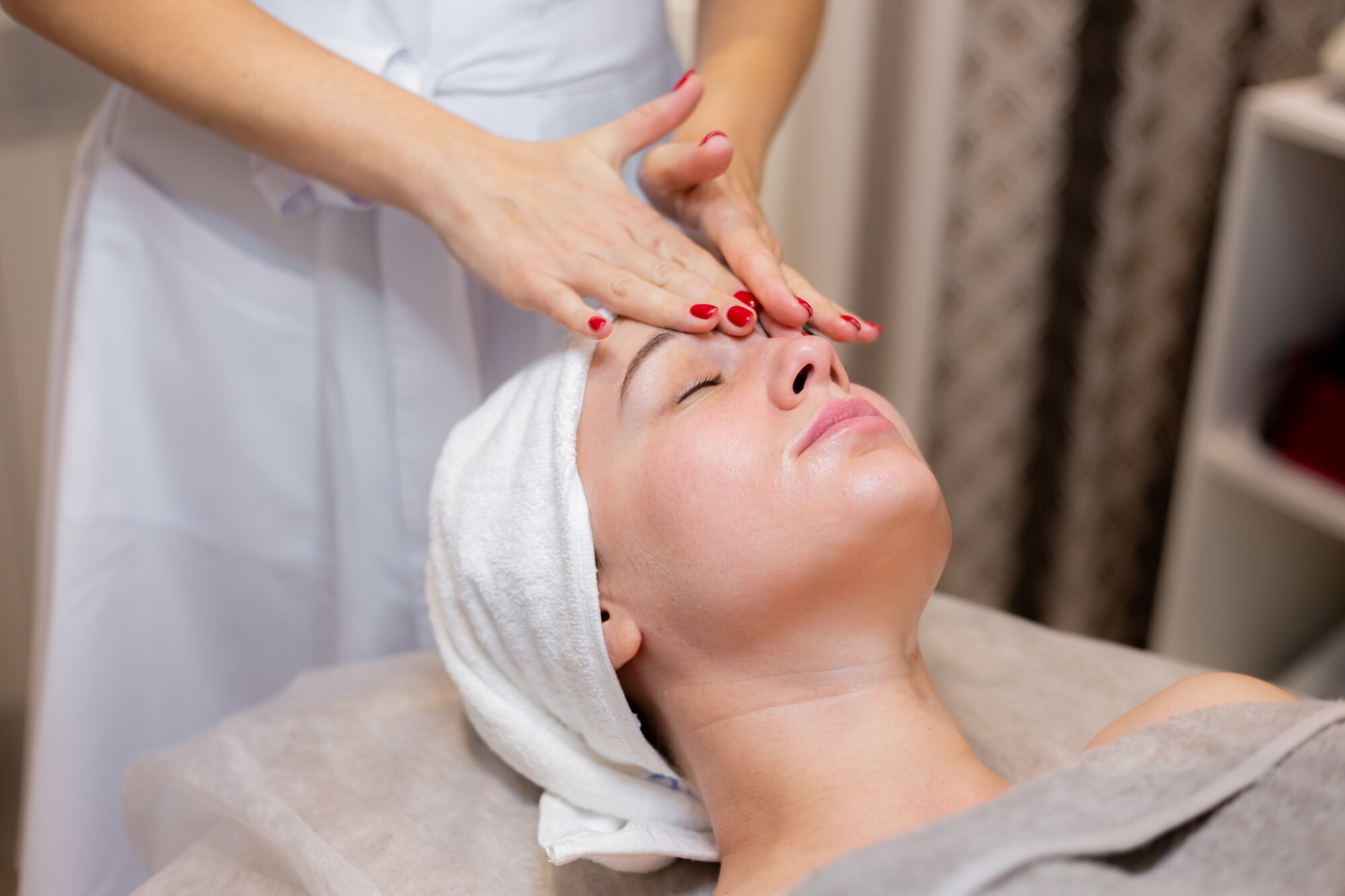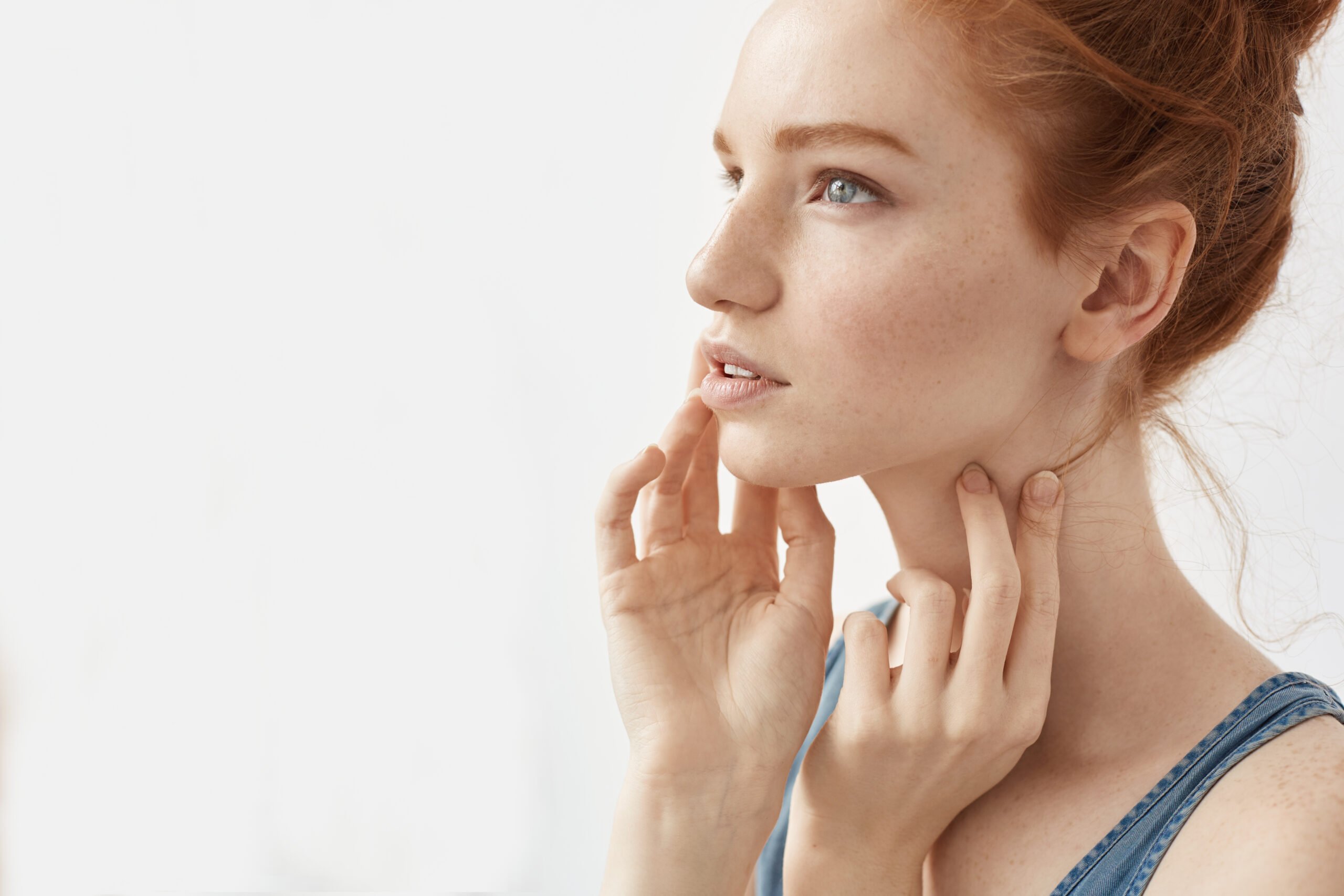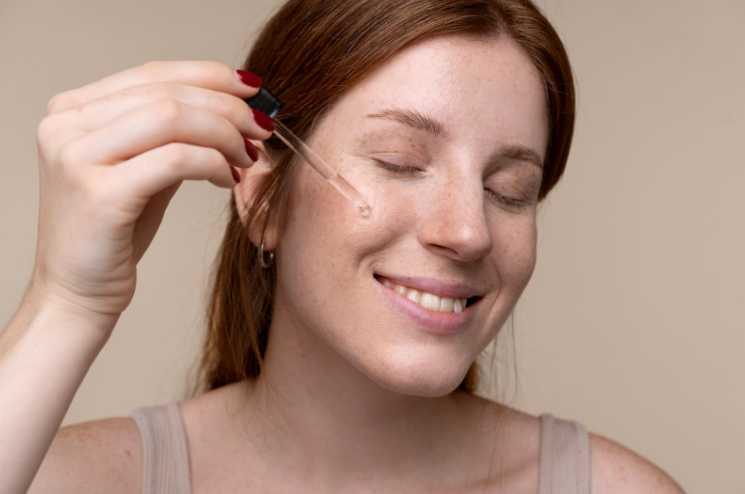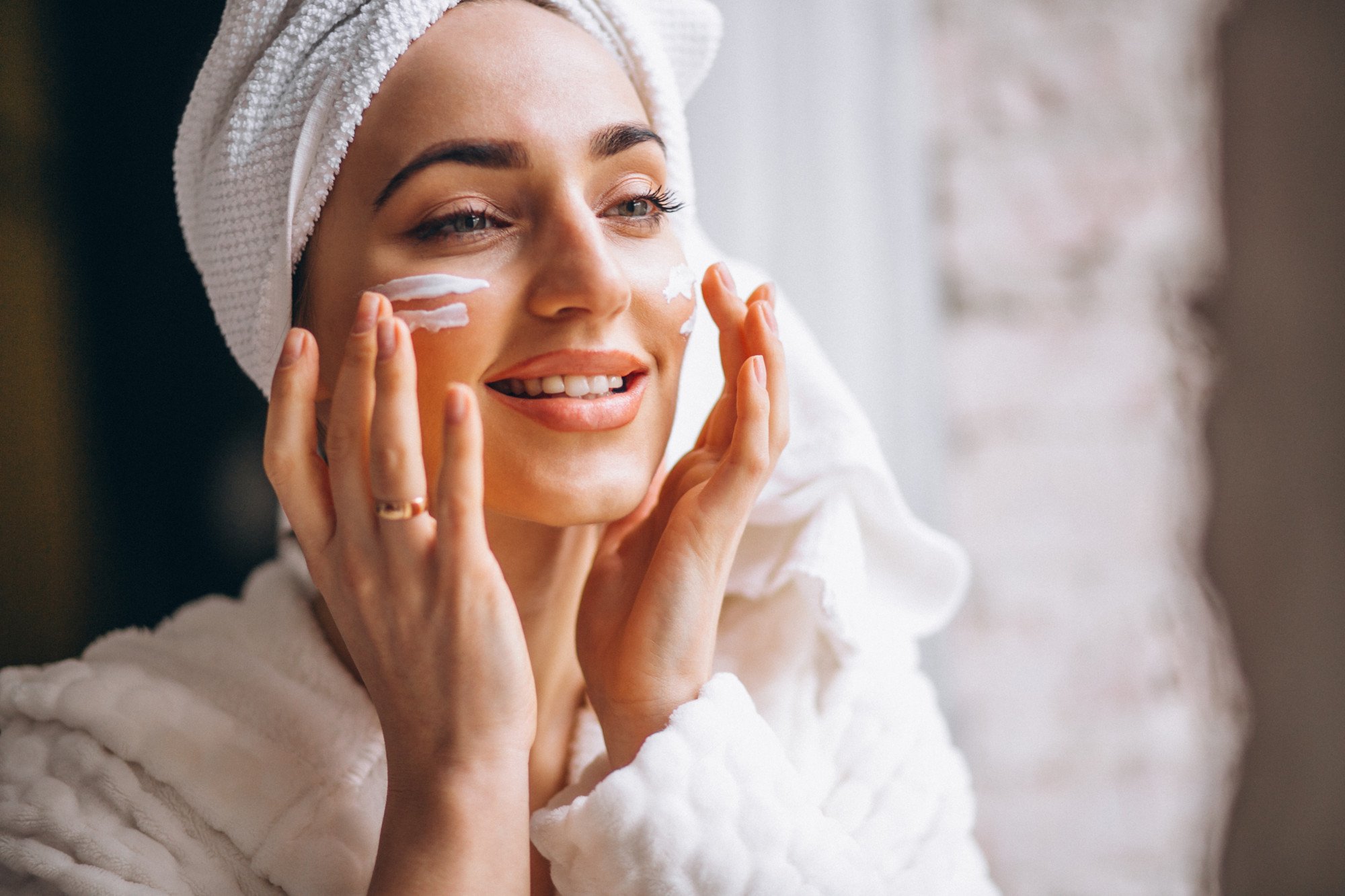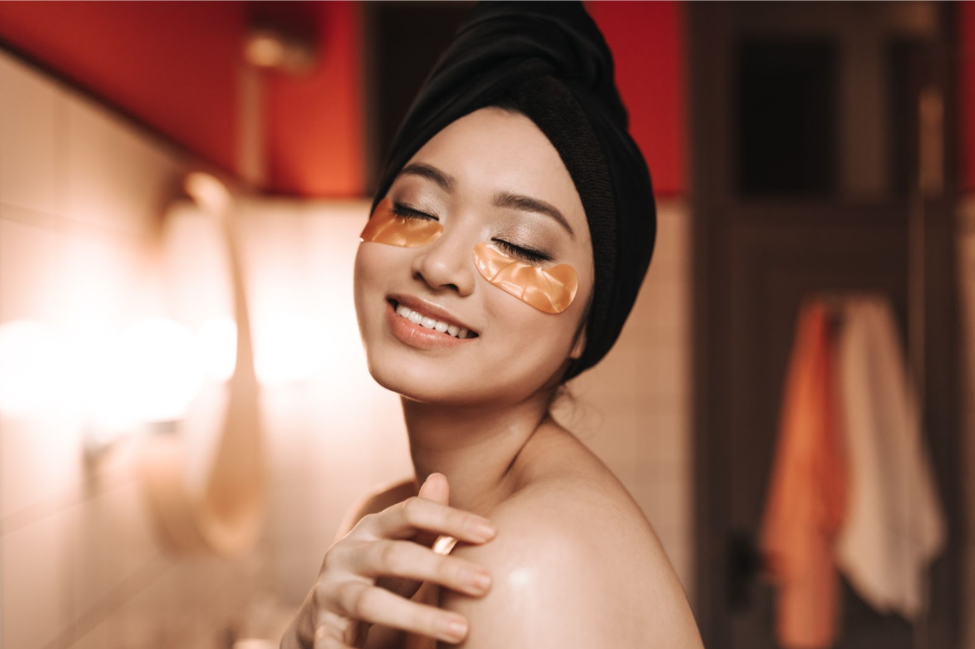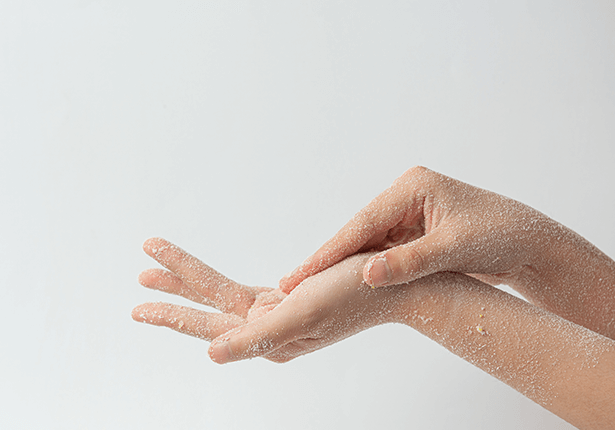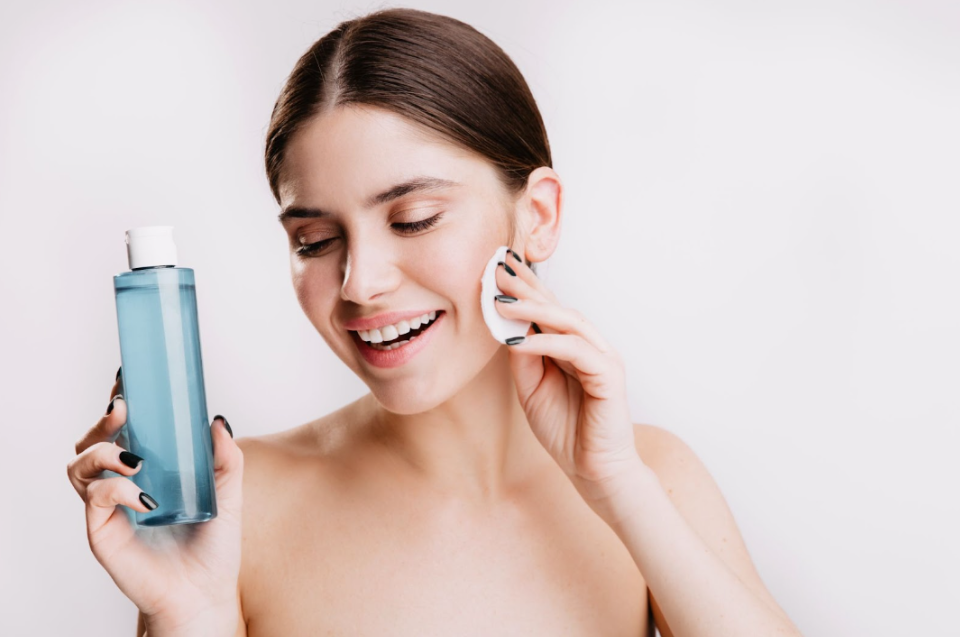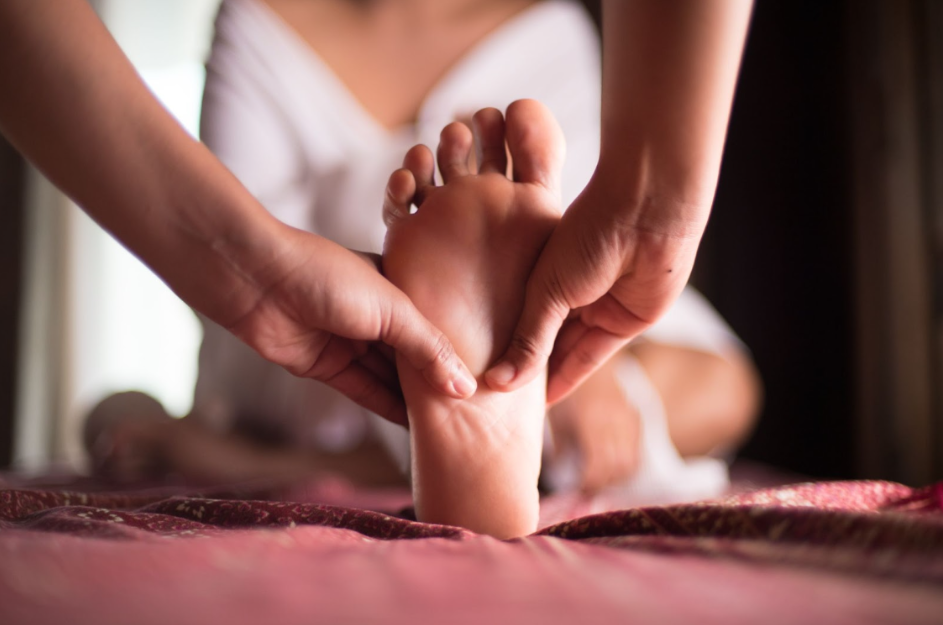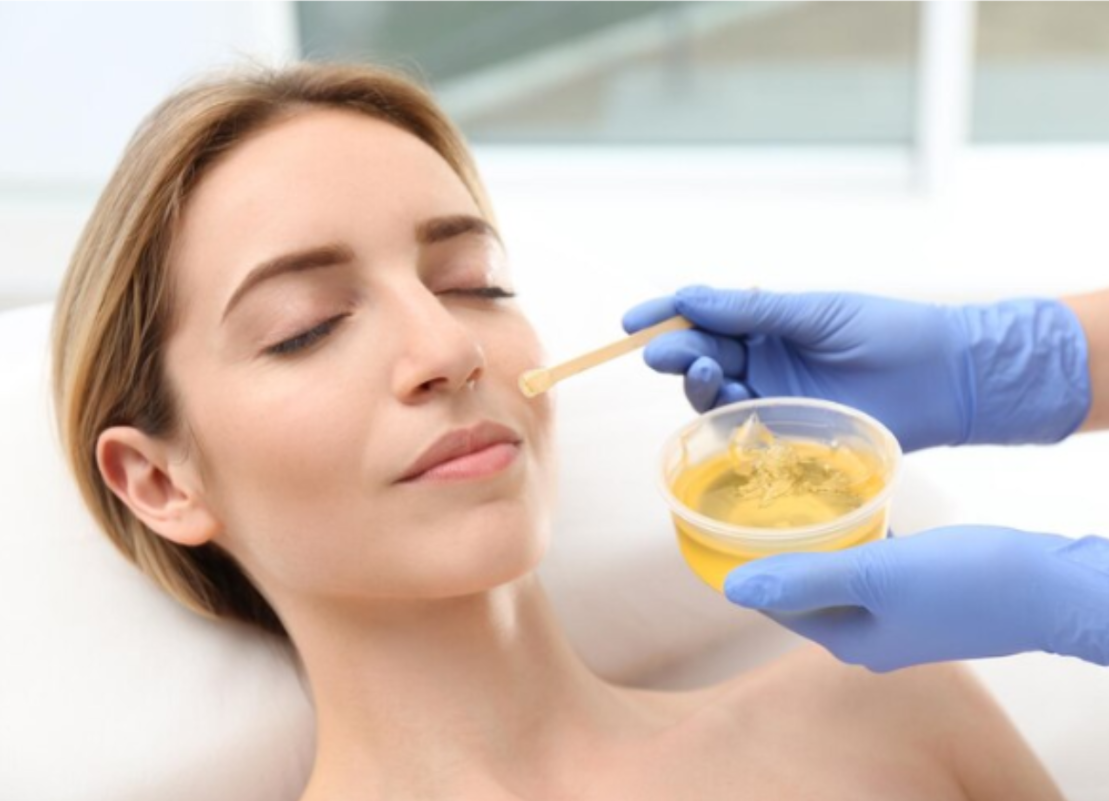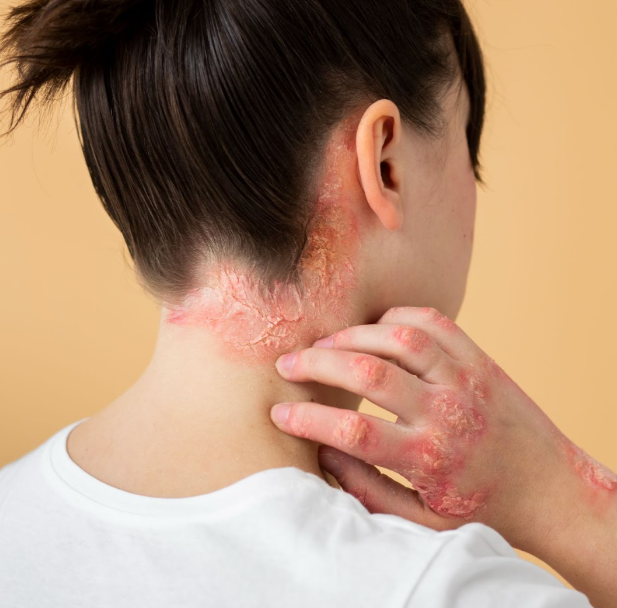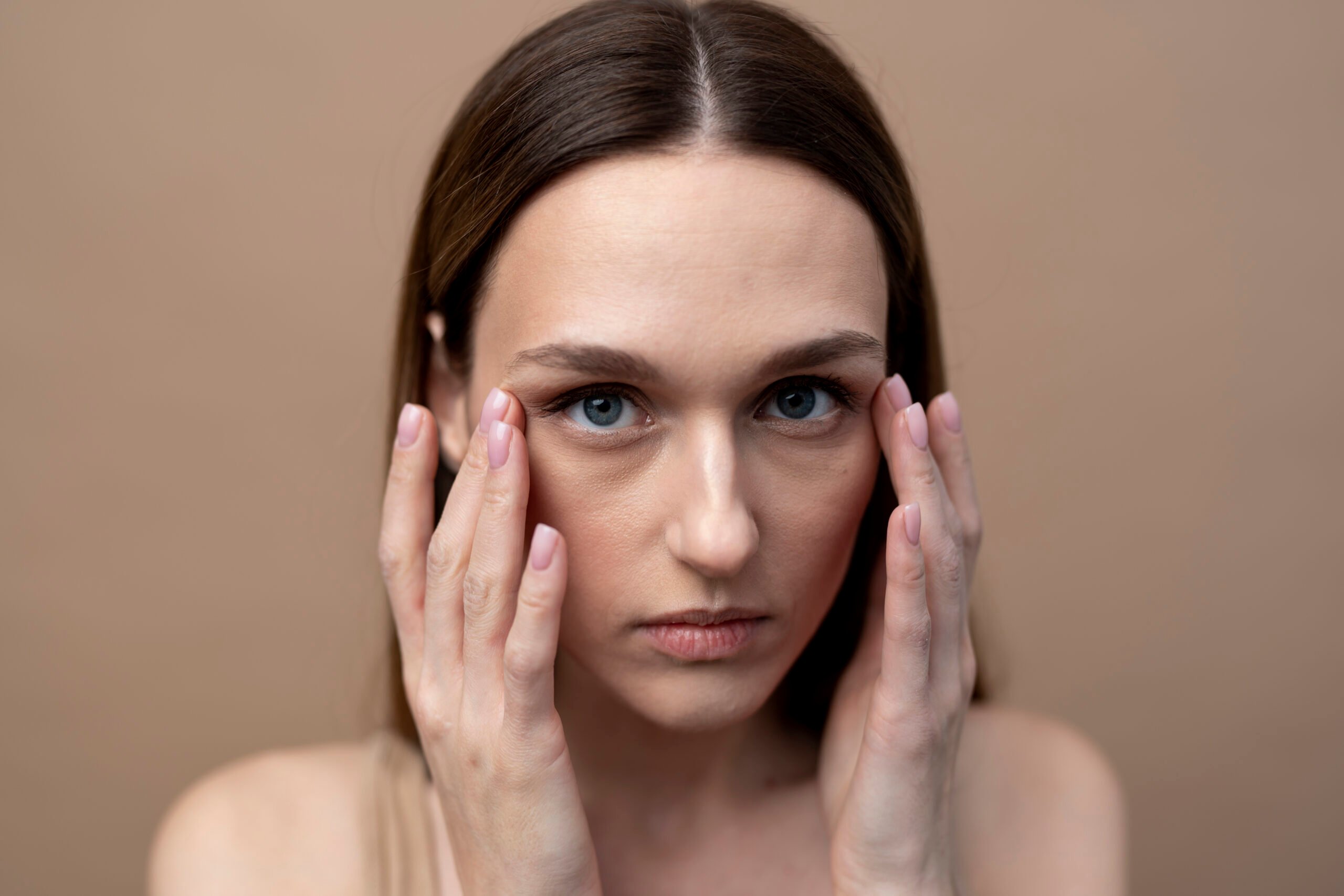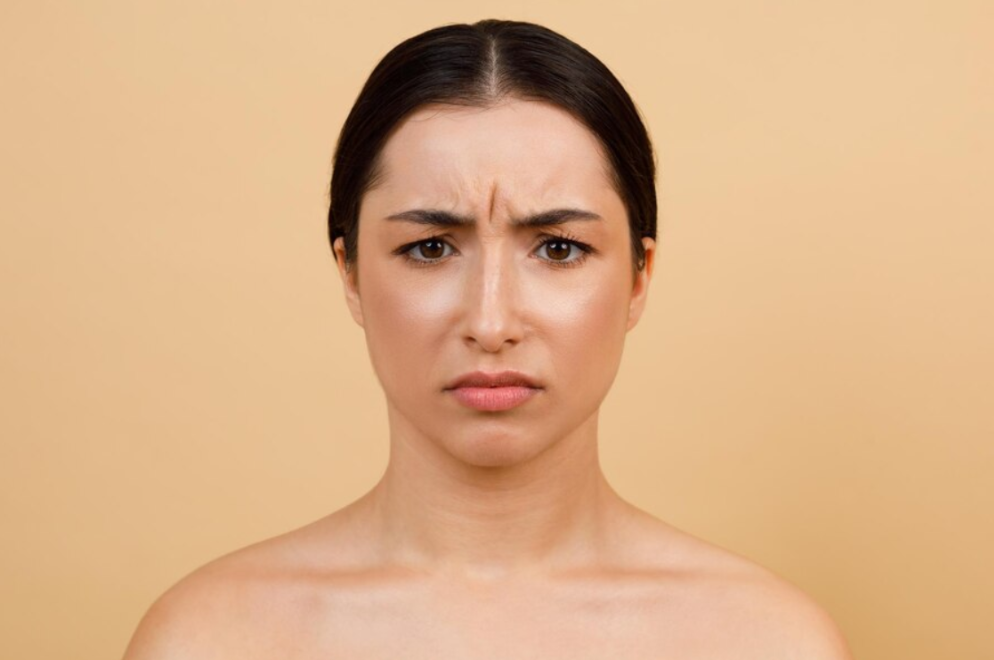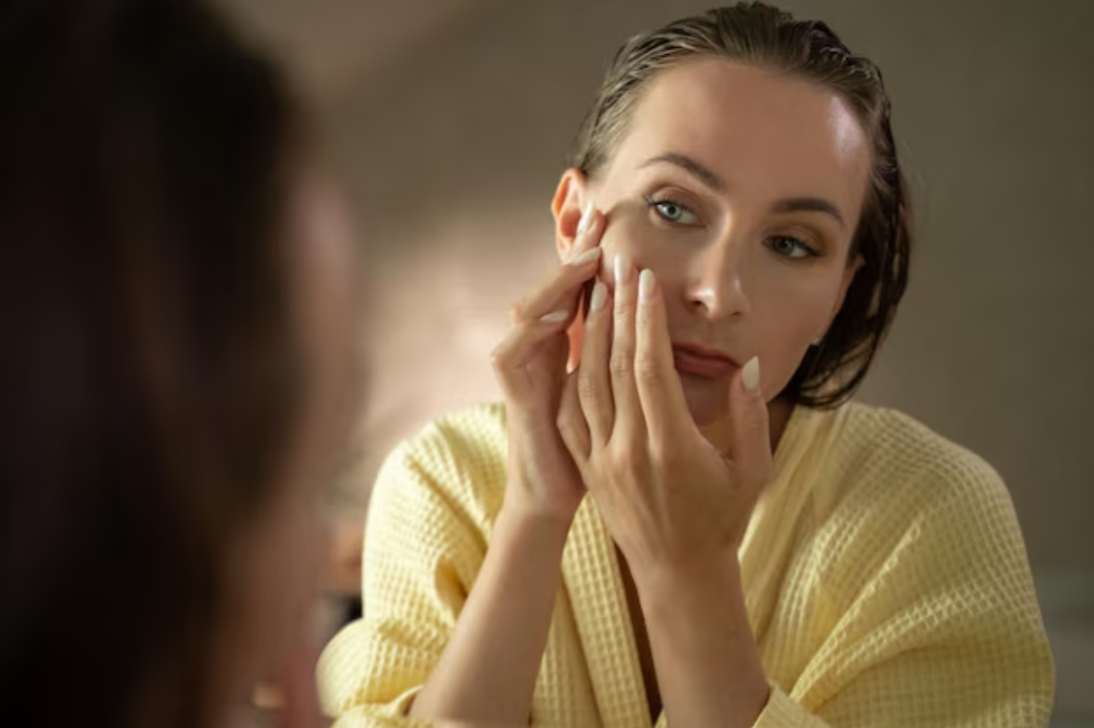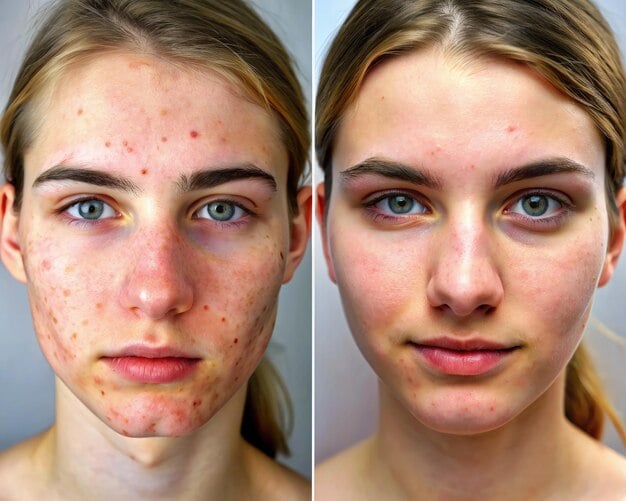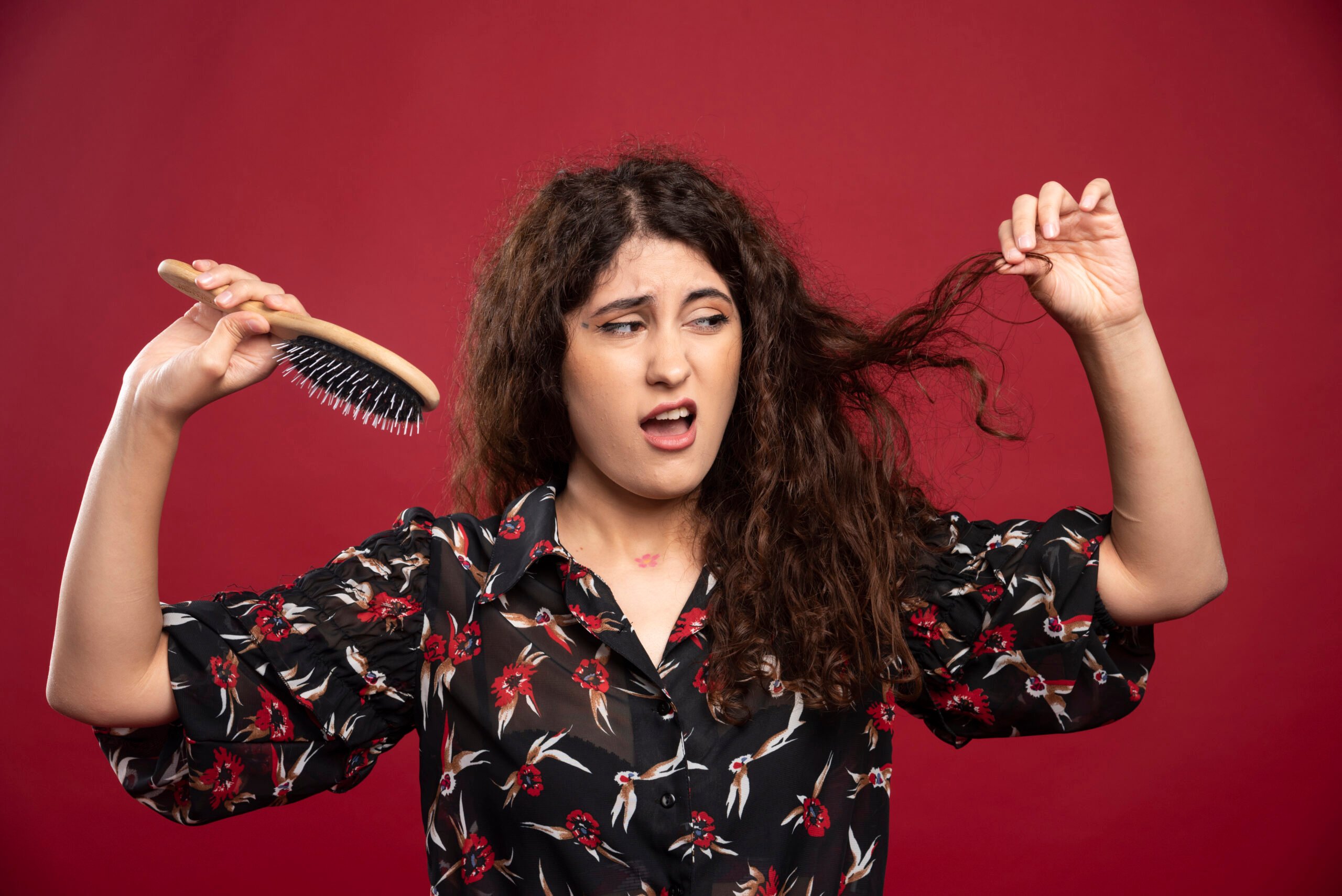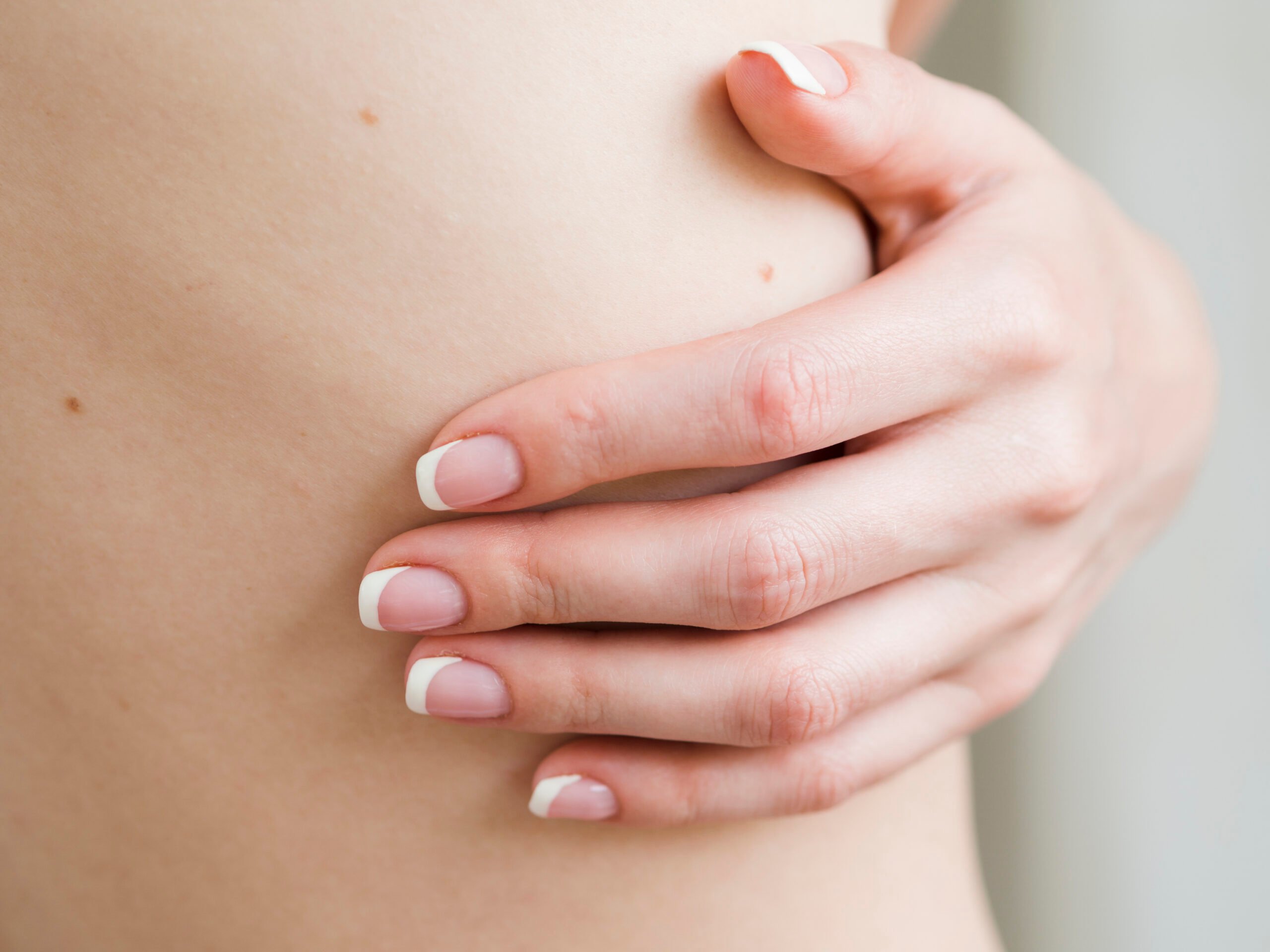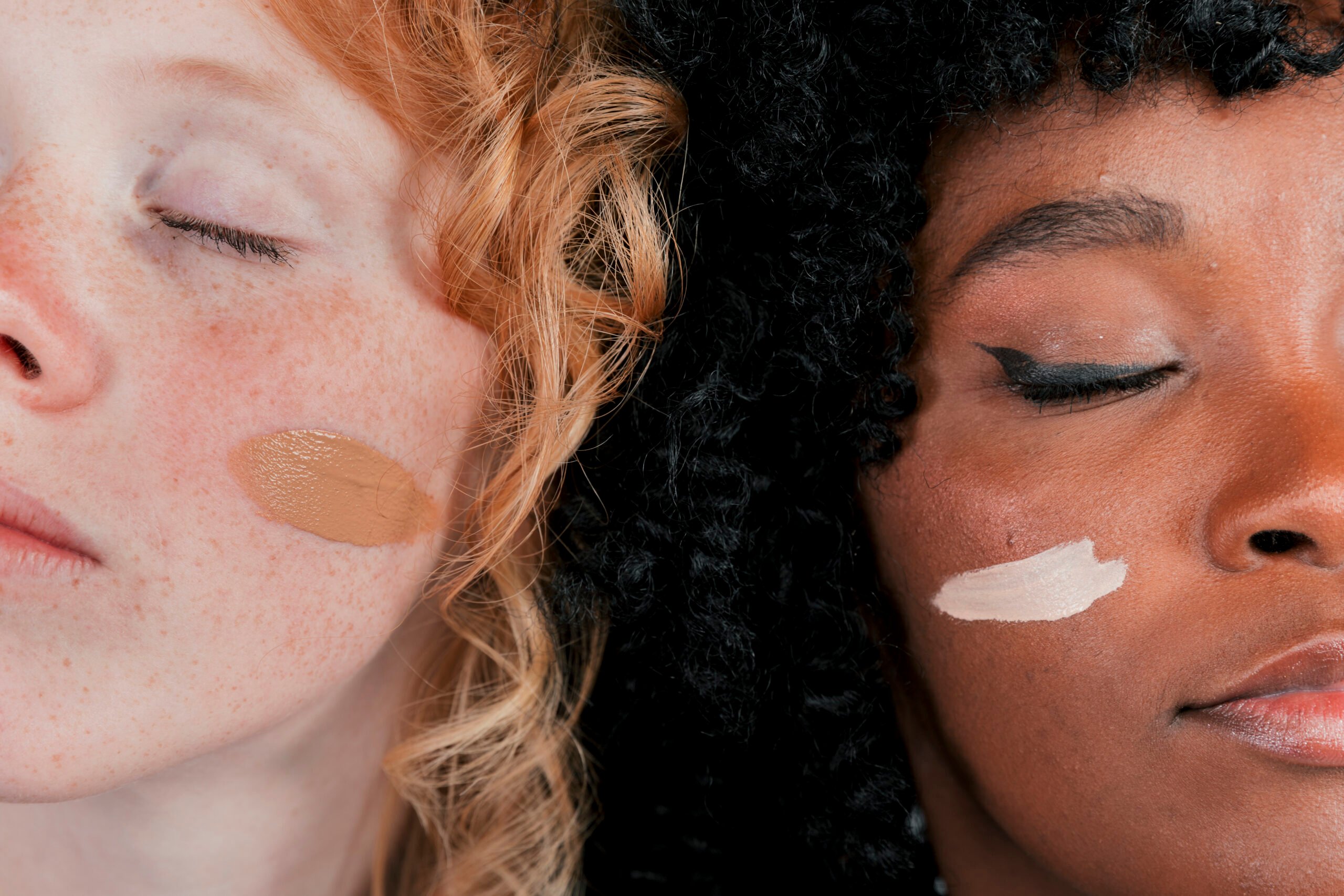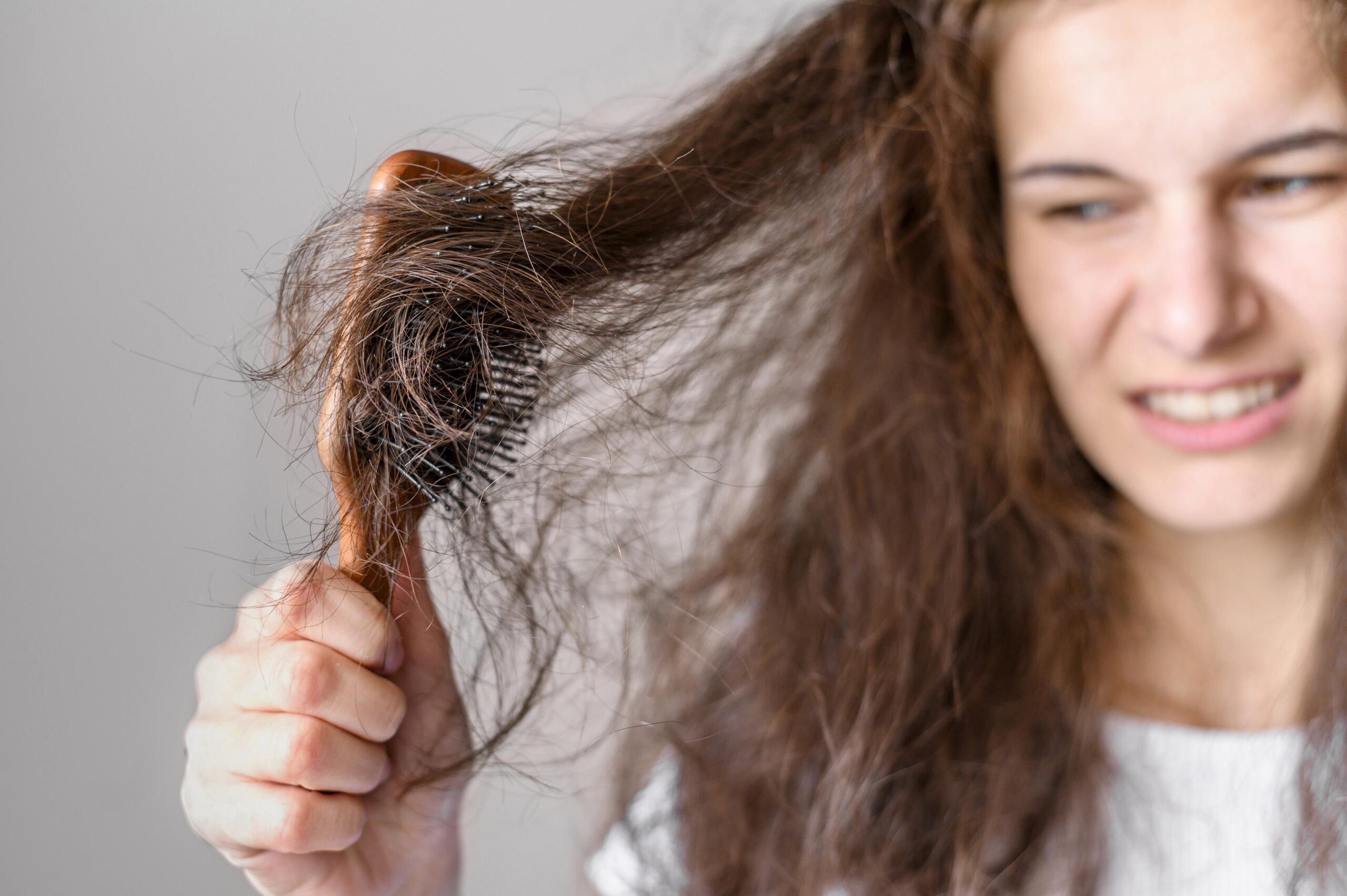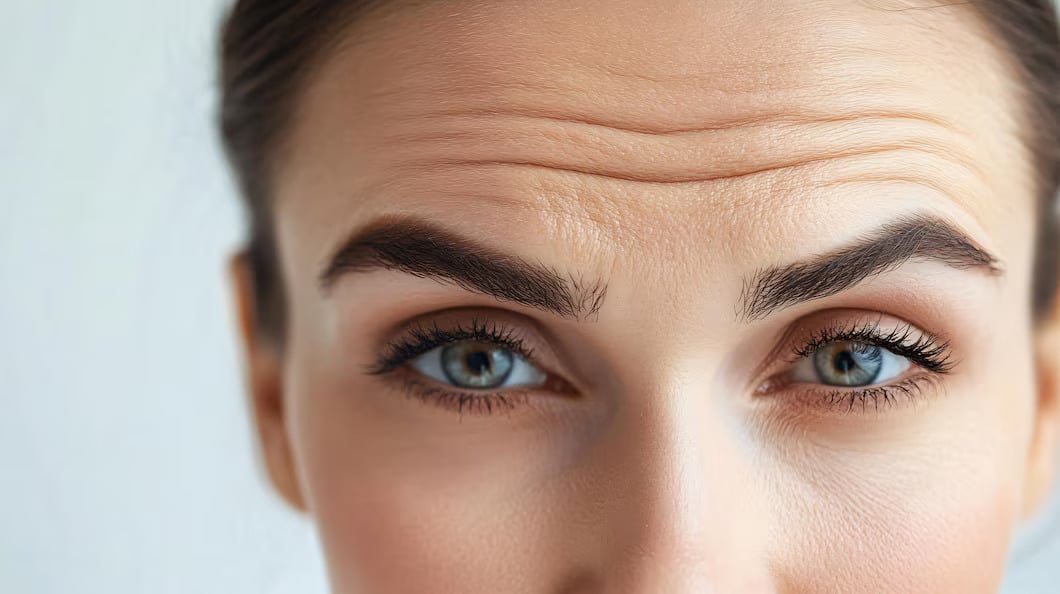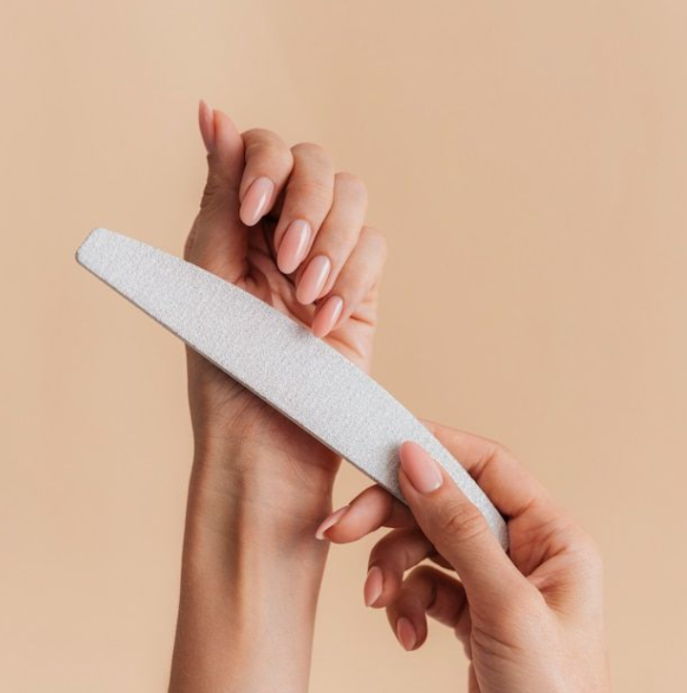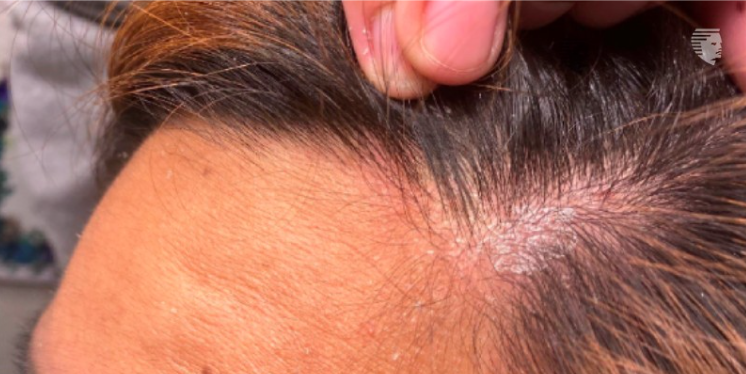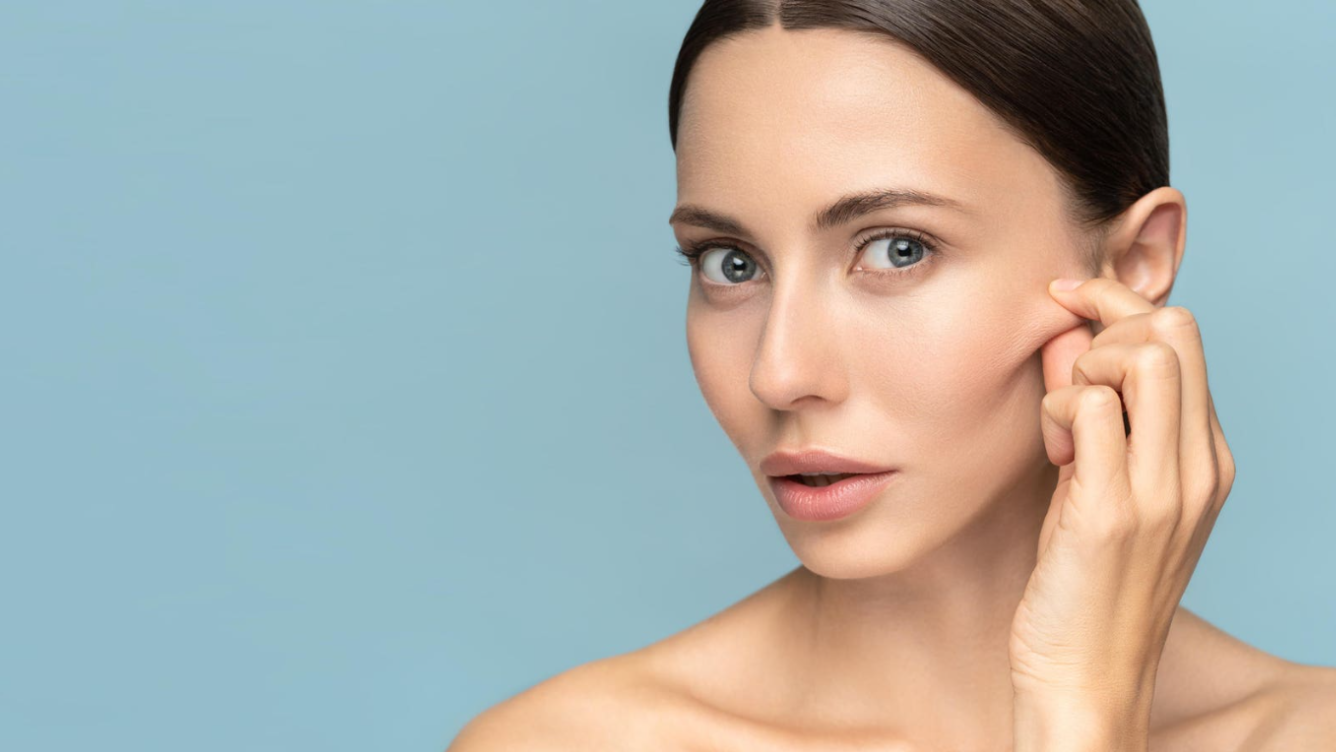Skin

Skin
Facial Bumps: Causes and Treatments
5 minutes read | 2 Apr 24
Are you puzzled over how to tackle those stubborn, tiny white bumps on your face? From barely noticeable textures to distinct white bumps, these skincare challenges can be baffling. Understanding and treating such bumps, whether acne or conditions like keratosis pilaris, and milia, demands a blend of scientific knowledge and effective skincare practices. This guide will cut through the complexity, offering insights into the causes, prevention, and best treatments for facial bumps. With a focus on essential skincare habits and the role of ingredients like salicylic acid, we aim to equip you with strategies for a smoother, clearer complexion. Let's embark on a journey to understand and resolve these skin concerns, enhancing your confidence with every step.
Top 10 Reasons Behind Facial Bumps
Facial bumps are a widespread concern, manifesting in various forms and sizes. Pinpointing the reasons behind these bumps is critical to effective management. Let's examine the ten common causes, shedding light on tailored treatments and preventive measures.
1. Acne
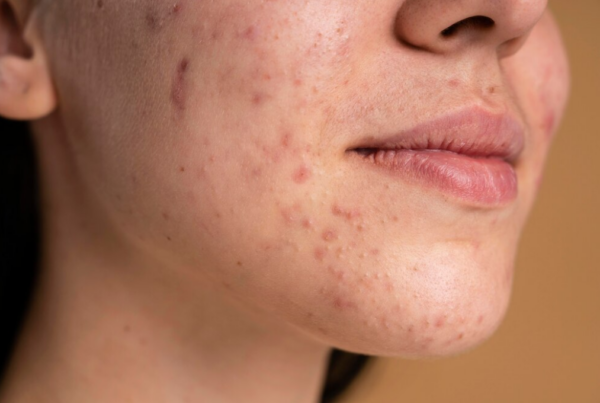
Acne is perhaps the most prevalent cause of facial bumps, resulting from the clogging of hair follicles by oil and dead skin cells. This condition can manifest in various forms, including whiteheads, blackheads, and pimples, affecting individuals across different age groups.
2. Keratosis Pilaris
This condition occurs when keratin, a hard protein in the skin, accumulates and blocks hair follicles, leading to small, rough bumps. While not harmful, keratosis pilaris can cause cosmetic concerns, mainly when it appears on visible areas like the face.
3. Milia
Milia are small, white bumps that form when cysts are filled with keratin beneath the skin's surface. Common in all age groups, these benign bumps are often found around the eyes, nose, and cheeks.
4. Folliculitis
Folliculitis is the inflammation or infection of hair follicles, characterised by red, acne-like bumps. It can be caused by various factors, including bacteria, fungi, or physical irritation, such as shaving or friction from clothing.
5. Rosacea
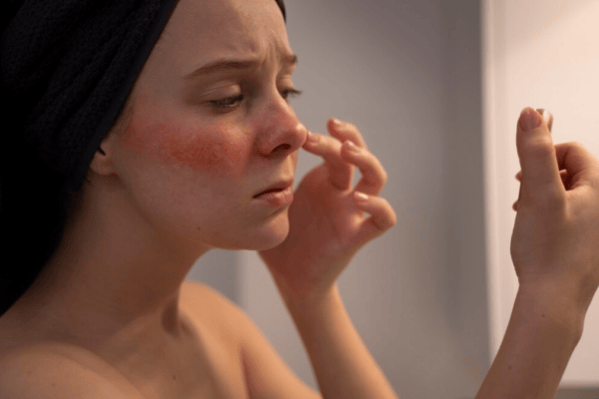
Rosacea is a chronic skin condition that leads to redness and small, pus-filled bumps on the face. Its exact cause is unknown, but it's thought to involve a combination of hereditary and environmental factors.
6. Allergic Reactions
Allergic reactions to skincare products, makeup, or environmental allergens can cause bumps to appear on the face. These reactions can lead to redness, itching, and the formation of bumps or hives.
7. Hormonal Fluctuations
Hormonal changes, particularly those related to puberty, pregnancy, and menstrual cycles, can trigger the development of bumps on the face. Hormones can increase oil production, leading to clogged pores and breakouts.
8. Sebaceous Hyperplasia
This condition involves the enlargement of sebaceous glands, resulting in small, yellowish bumps on the face. It's more common in middle-aged and older adults and is associated with changes in hormone levels.
9. Diet
Certain dietary factors can influence the appearance of bumps on the face. Foods high in sugar, dairy, and certain fats may contribute to acne and other skin conditions by affecting hormone levels and inflammation.
10. Stress
Stress has a profound impact on overall health, including skin health. It can exacerbate skin conditions like acne and rosacea, leading to increased facial bumps due to hormonal fluctuations and inflammation.
How to Get Rid of Small Bumps on Your Face
Achieving smooth skin means tackling small facial bumps with targeted care. We can address these concerns by merging treatments, lifestyle adjustments, and skin knowledge. Explore strategies to remove bumps and maintain balanced, healthy skin.
Understanding Your Skin
The first step in addressing small bumps on the face is understanding their nature and causes. These bumps can result from clogged pores, acne, keratosis pilaris, milia, or even reactions to skincare products. Identifying the type of bumps you have is crucial, as it directs the course of treatment.
Gentle Cleansing
Regular and gentle cleansing is foundational in preventing and reducing facial bumps. Use a mild cleanser that removes impurities without stripping the skin of its natural oils. Cleansing twice daily helps keep pores clear and reduces the buildup of dead skin cells that can exacerbate bumps.
Exfoliation
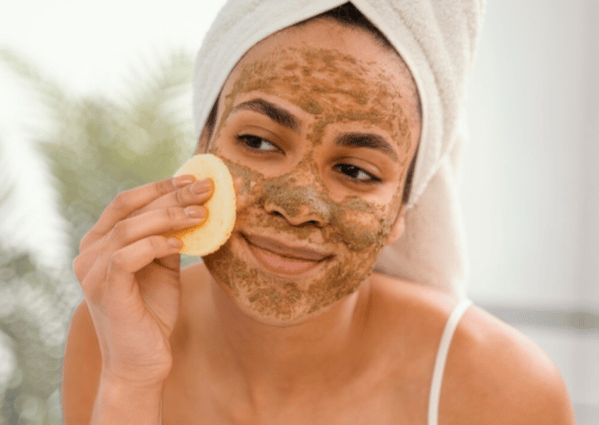
Exfoliation is crucial in removing dead skin cells that clog pores and lead to bumps. However, it’s essential to choose the right type of exfoliant. Chemical exfoliants containing salicylic acid are particularly effective for acne-prone skin, as they penetrate deeply into the pores to clear out blockages. For sensitive skin, opt for a gentle, low-concentration chemical exfoliant to minimise irritation.
Moisturising
Hydration is essential for all skin types, even oily or acne-prone skin. Moisturising helps to maintain the skin’s barrier function, preventing the overproduction of oil that can lead to clogged pores. Look for non-comedogenic moisturisers that hydrate without clogging pores.
Sun Protection
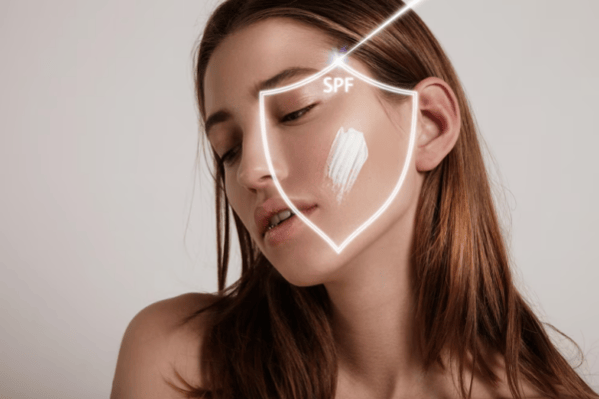
Sun exposure can exacerbate skin issues, leading to inflammation and worsening the appearance of bumps. Daily application of a broad-spectrum sunscreen protects the skin from harmful UV rays and supports overall skin health.
Avoid Harsh Ingredients
Skincare products containing harsh ingredients can irritate the skin and aggravate bumps. Avoid products with alcohol, fragrances, and other irritants, especially if your skin is sensitive. Opt for products formulated with skin-soothing ingredients like niacinamide and hyaluronic acid.
Professional Treatments
Professional treatments can offer a solution for persistent bumps that don’t respond to home care. We recommend Bodycraft’s chemical peels, microneedling, Q Switch laser therapy, and more to remove bumps effectively. These treatments should be tailored to your specific skin type and concerns.
Lifestyle Considerations

Diet and stress play significant roles in skin health. Foods high in sugar and dairy can trigger or worsen acne in some individuals. Similarly, stress can lead to hormonal imbalances that affect the skin. Incorporating a balanced diet and stress-reduction techniques like meditation or exercise can positively impact the skin’s appearance.
Consistency is Key
Finally, consistency in your skincare routine is crucial. Regular care, patience, and adjustments based on your skin’s responses are vital for achieving and maintaining clear skin. Improvements take time, and a dedicated approach will yield the best results.
The Takeaway
Conquering facial bumps demands a holistic strategy, blending scientific treatments with healthy skincare habits. Emphasising gentle care, a balanced lifestyle, and targeted ingredients like salicylic acid helps mitigate common concerns such as acne and tiny bumps.
Bodycraft is dedicated to guiding you through this journey with personalised skincare solutions and expert advice. For serious concerns, consultation with a dermatologist is recommended to ensure tailored treatment. Obtaining clear, vibrant skin is a realistic goal with the right approach and support. Trust in Bodycraft to assist you in navigating the path to radiant, smooth skin with confidence and ease.
FAQ’s Around the Facial Bumps
1. What are the bumps that look like pimples but aren't?
These bumps, often mistaken for pimples, could be milia (tiny white cysts), keratosis pilaris (rough patches), or sebaceous hyperplasia (enlarged oil glands), each requiring specific care beyond acne treatments.
2. When should I be worried about bumps on my face?
Worry is warranted if bumps on your face are painful, undergo rapid changes in size or colour, bleed, or persist despite using common remedies like salicylic acid, indicating a need for a professional evaluation.
Related categories
Get a complimentary consultation today. Book now
























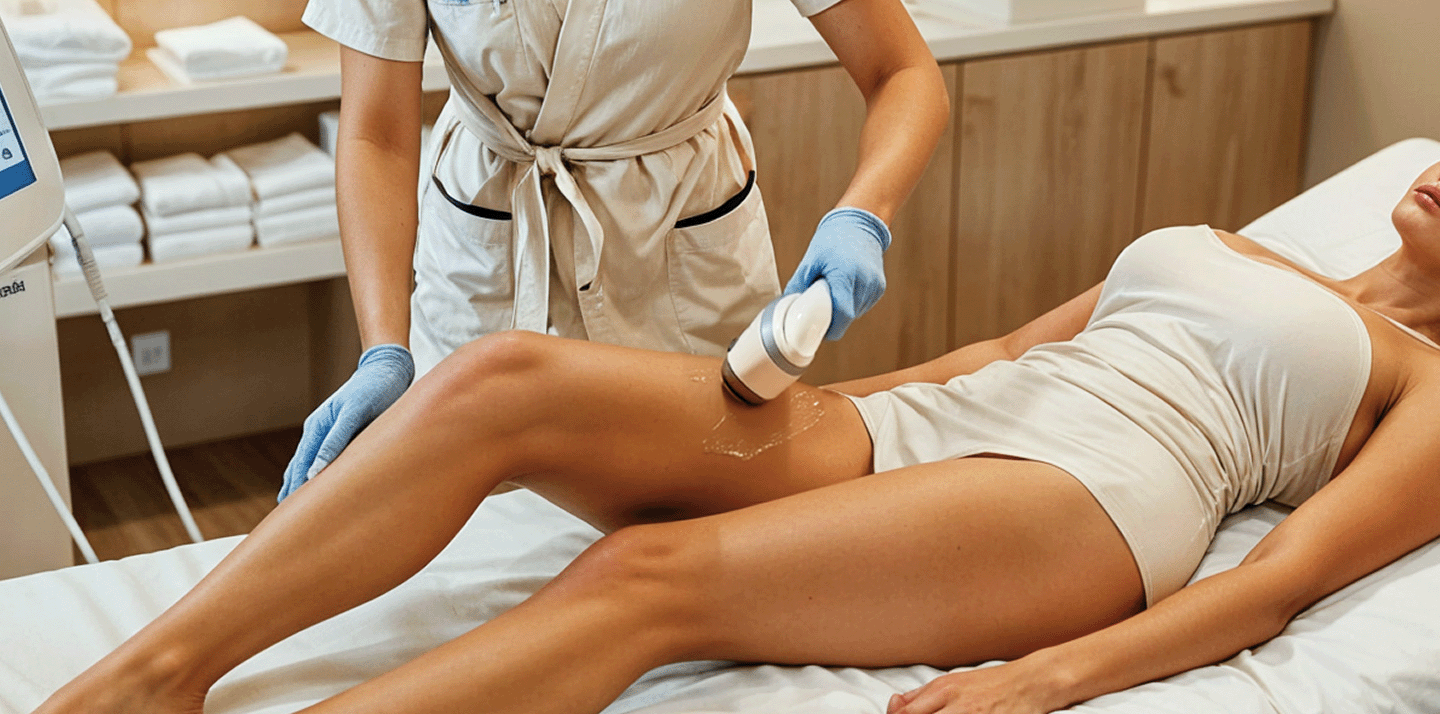














.png)

























-1.png)

